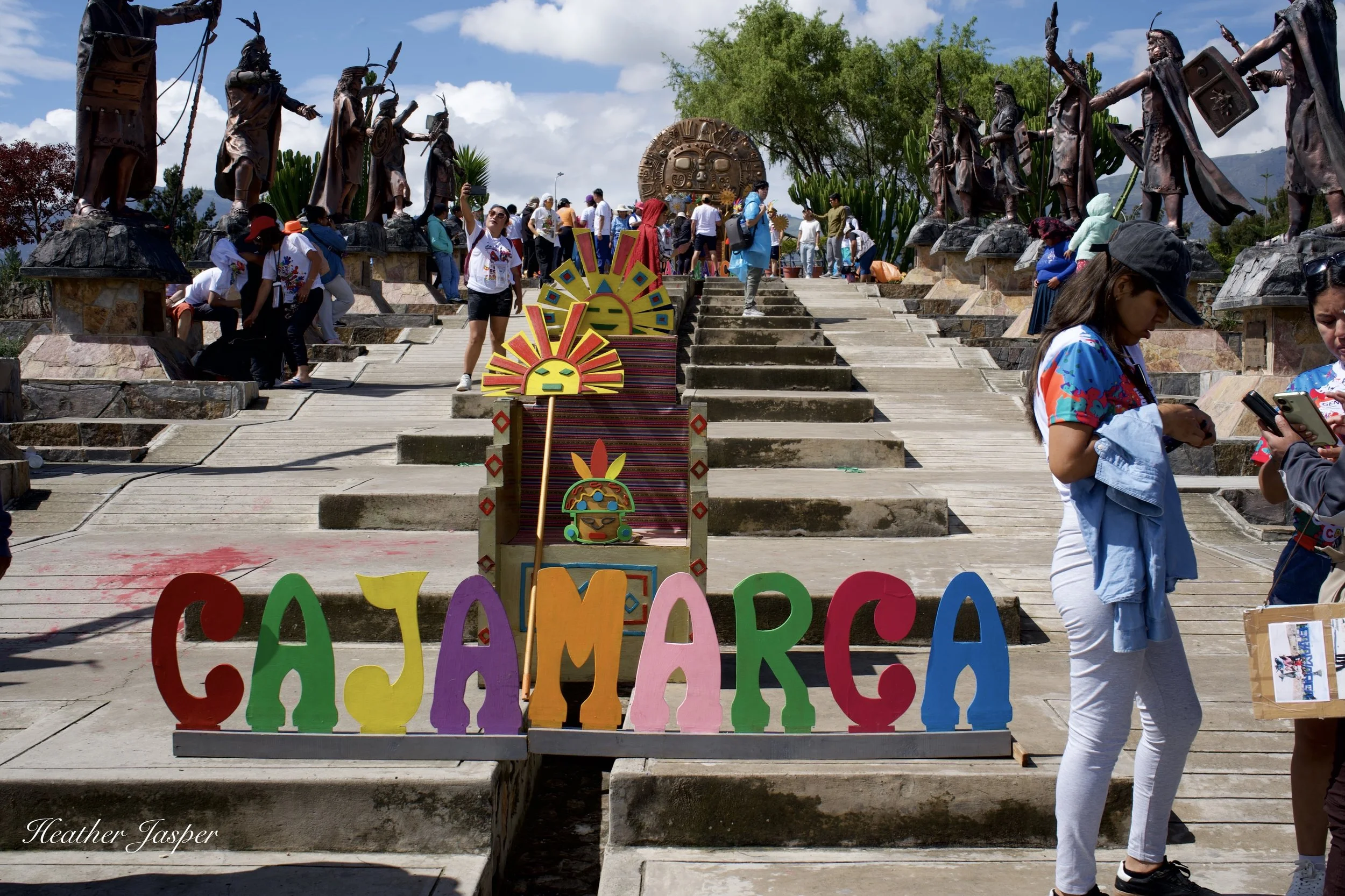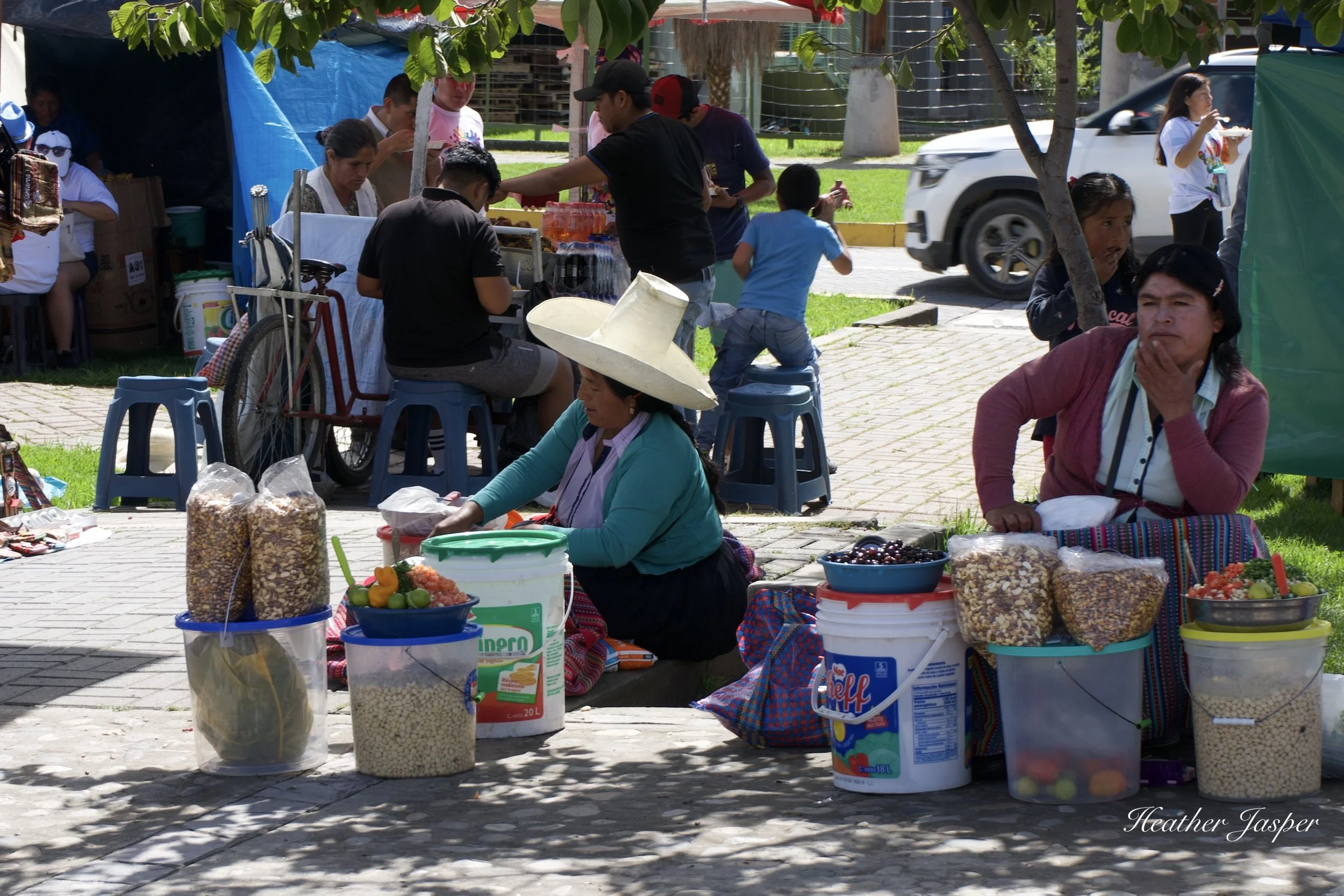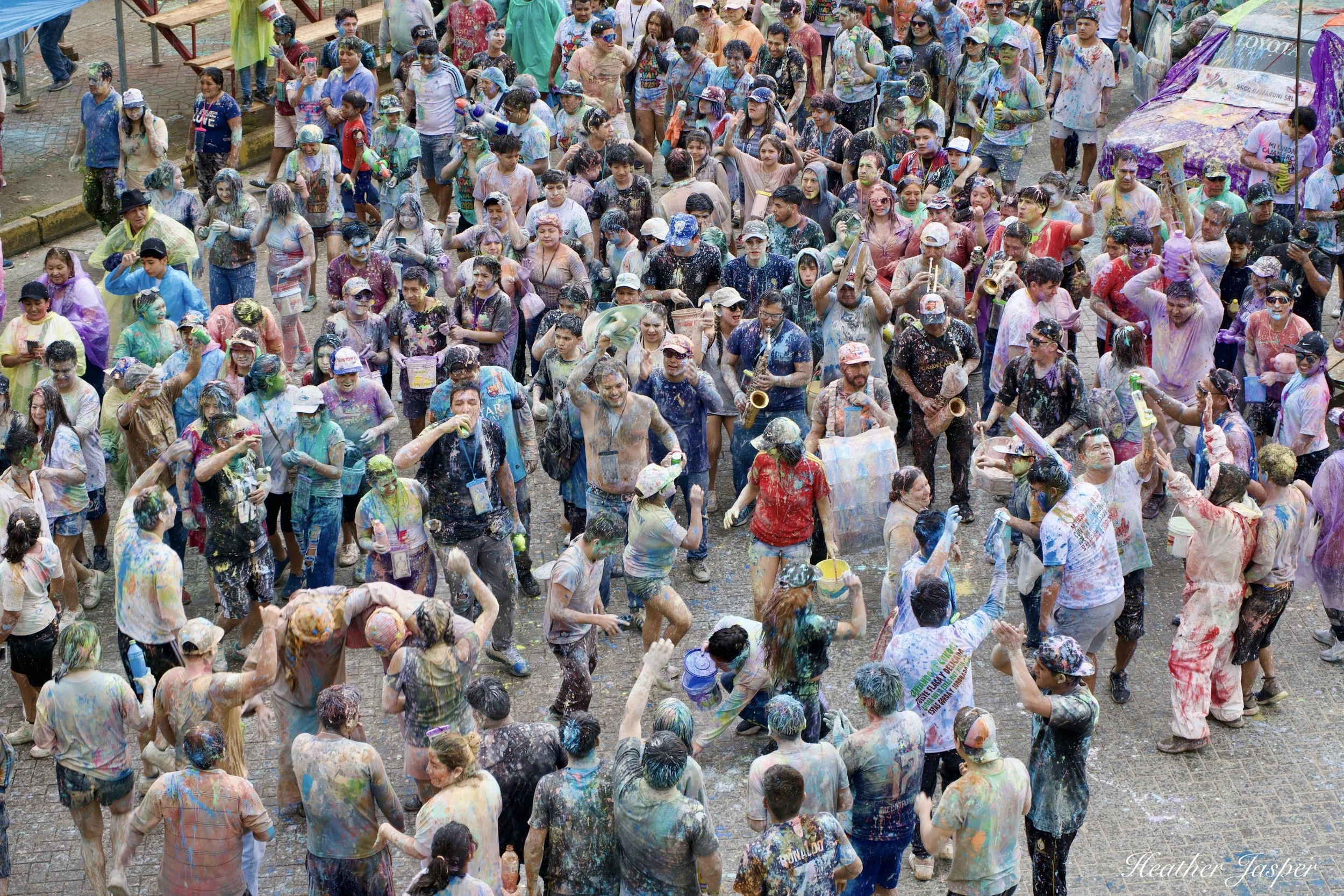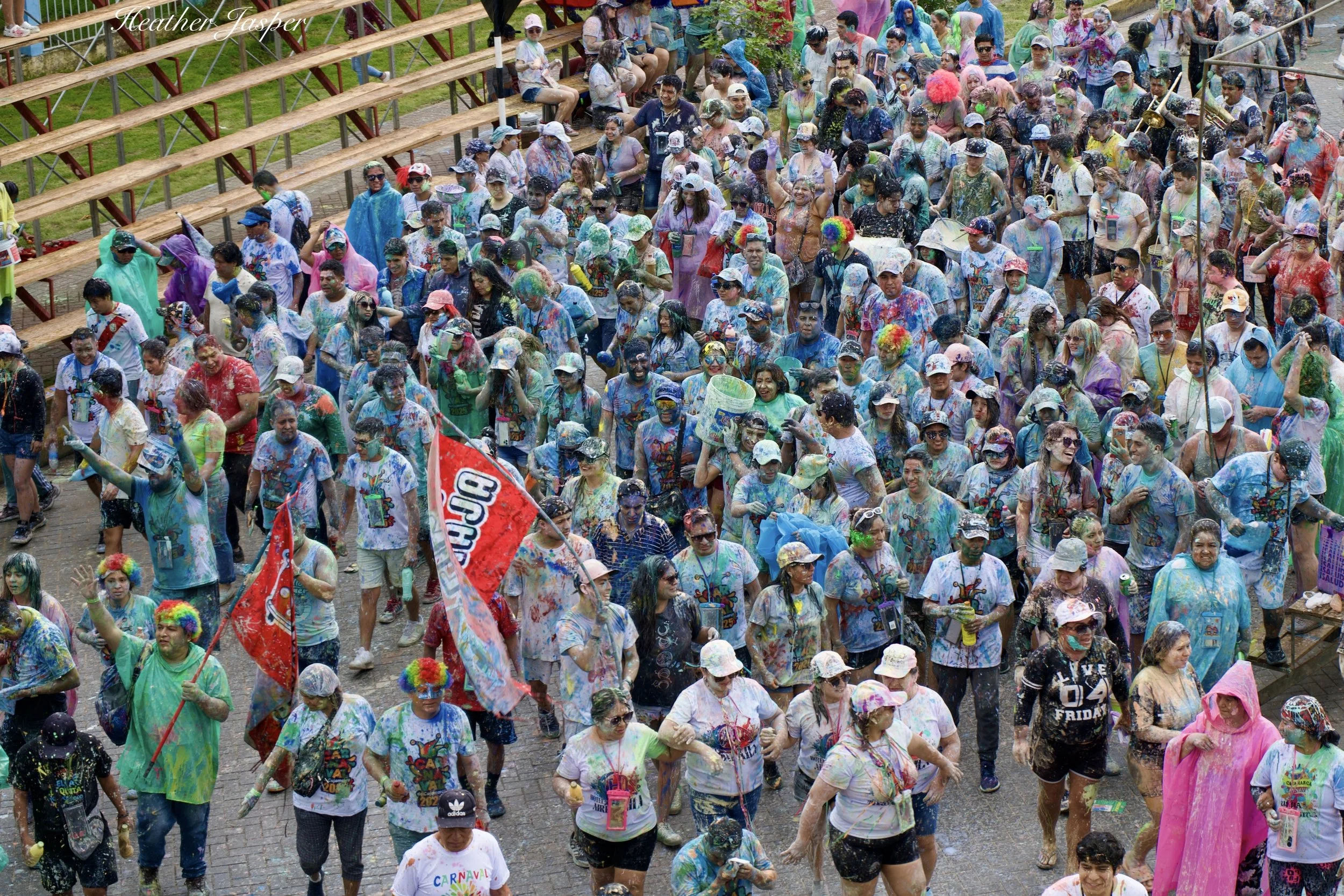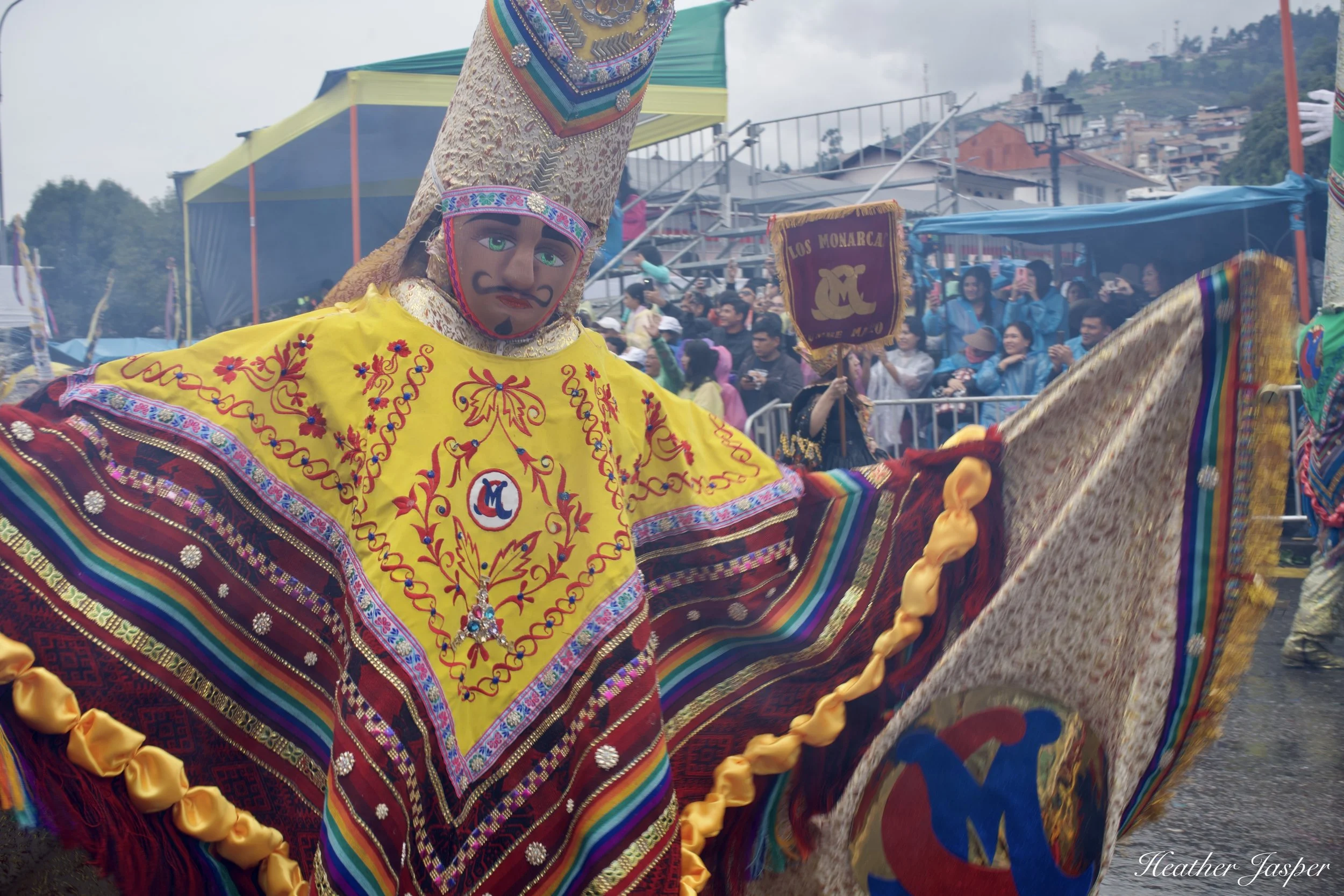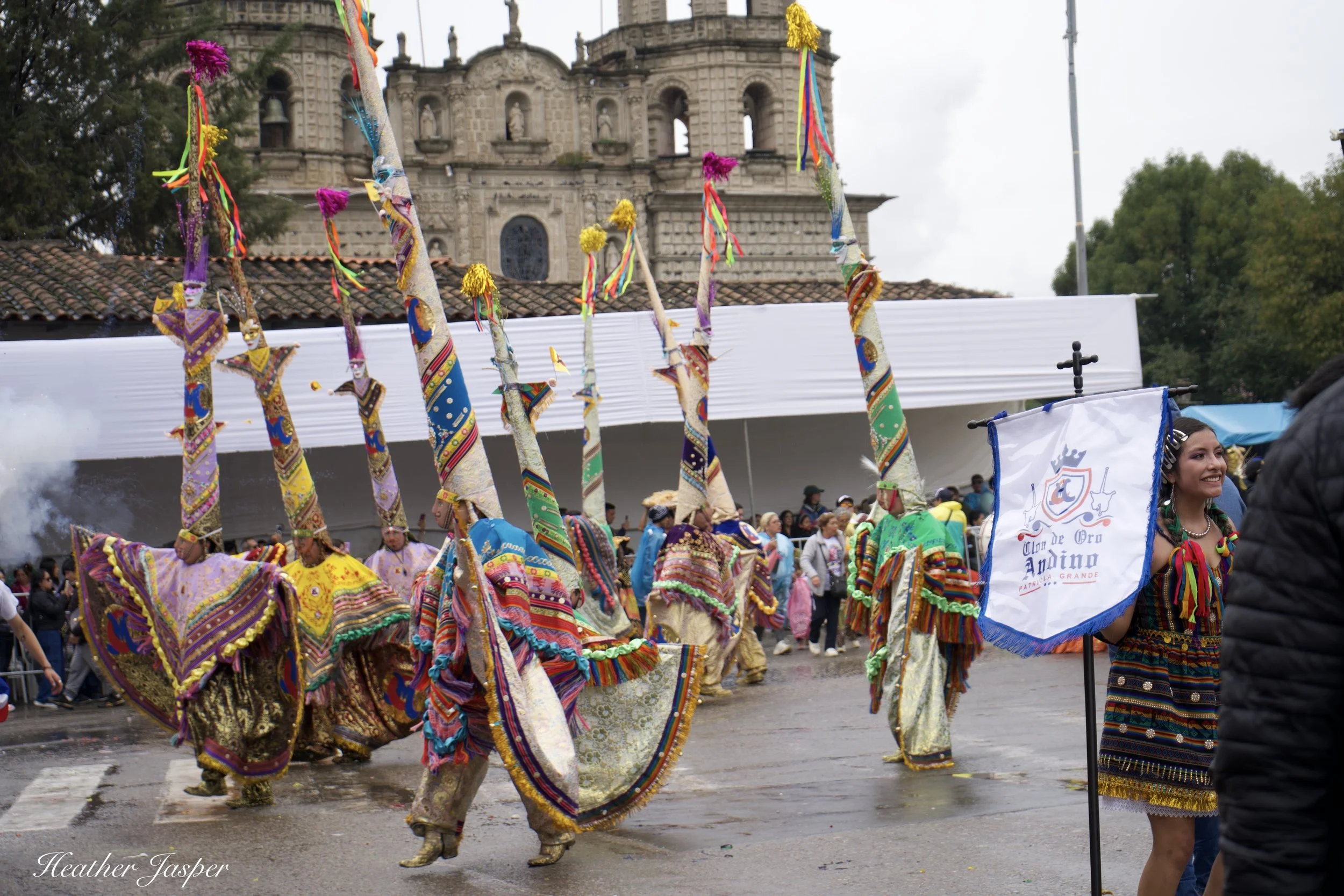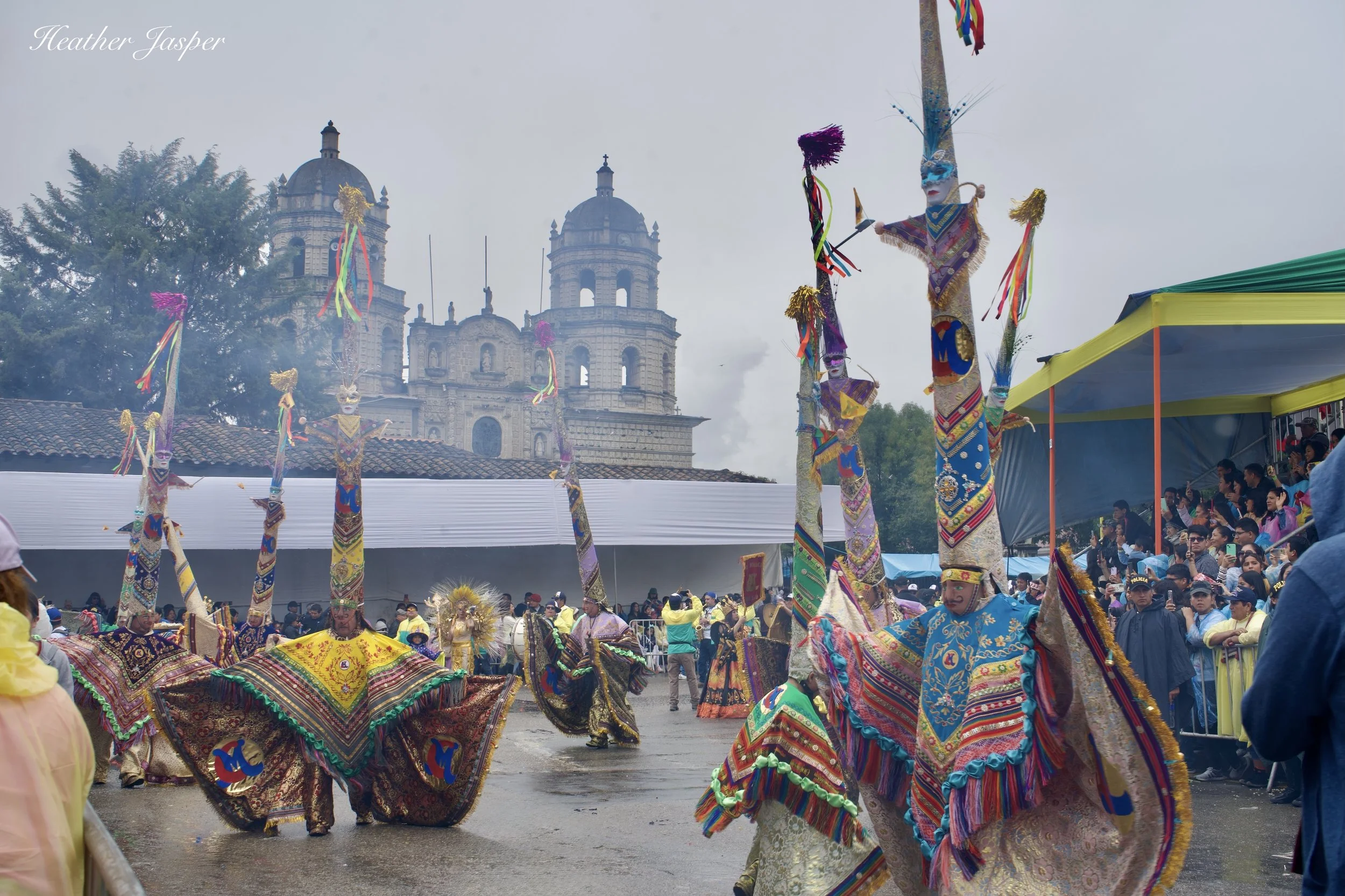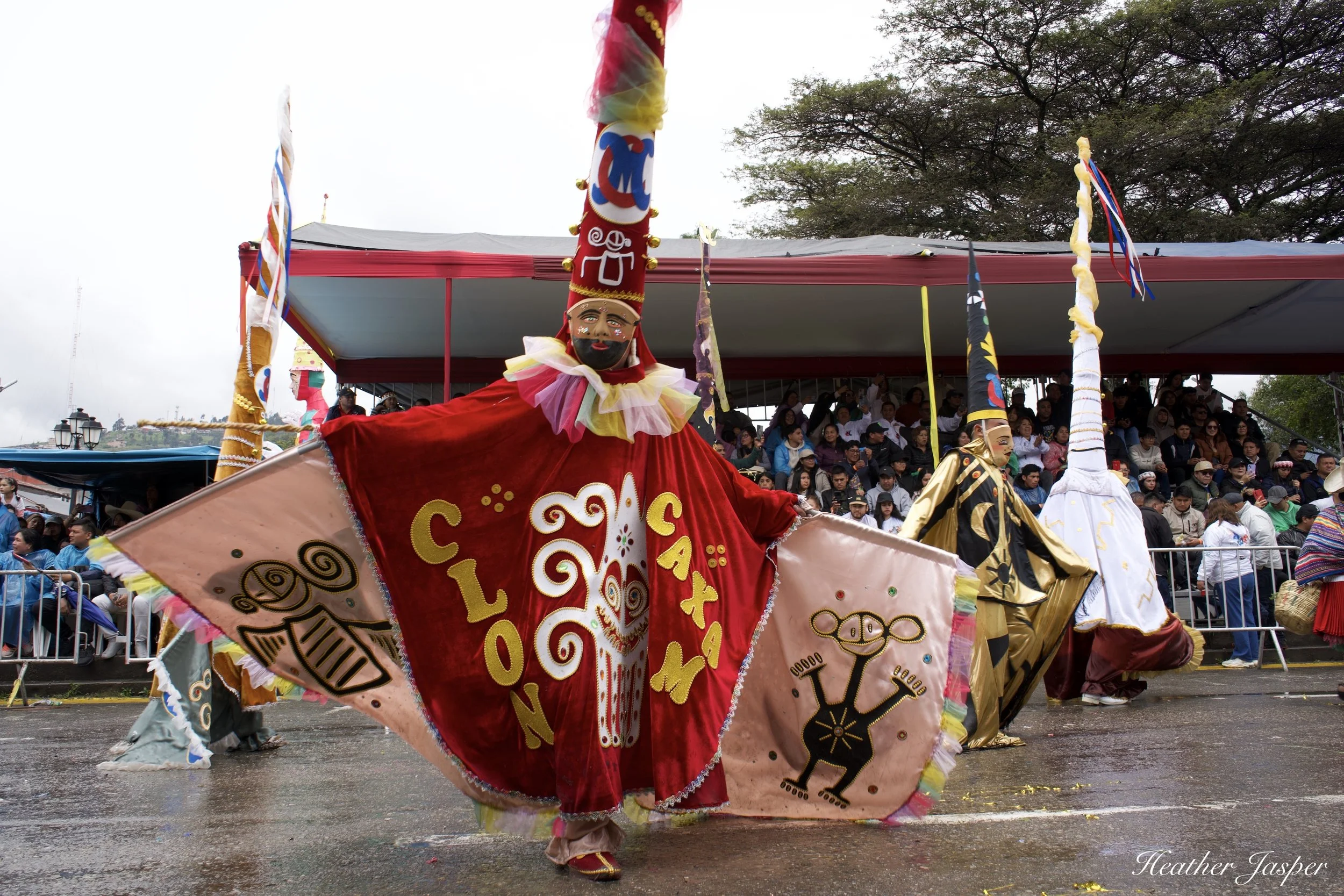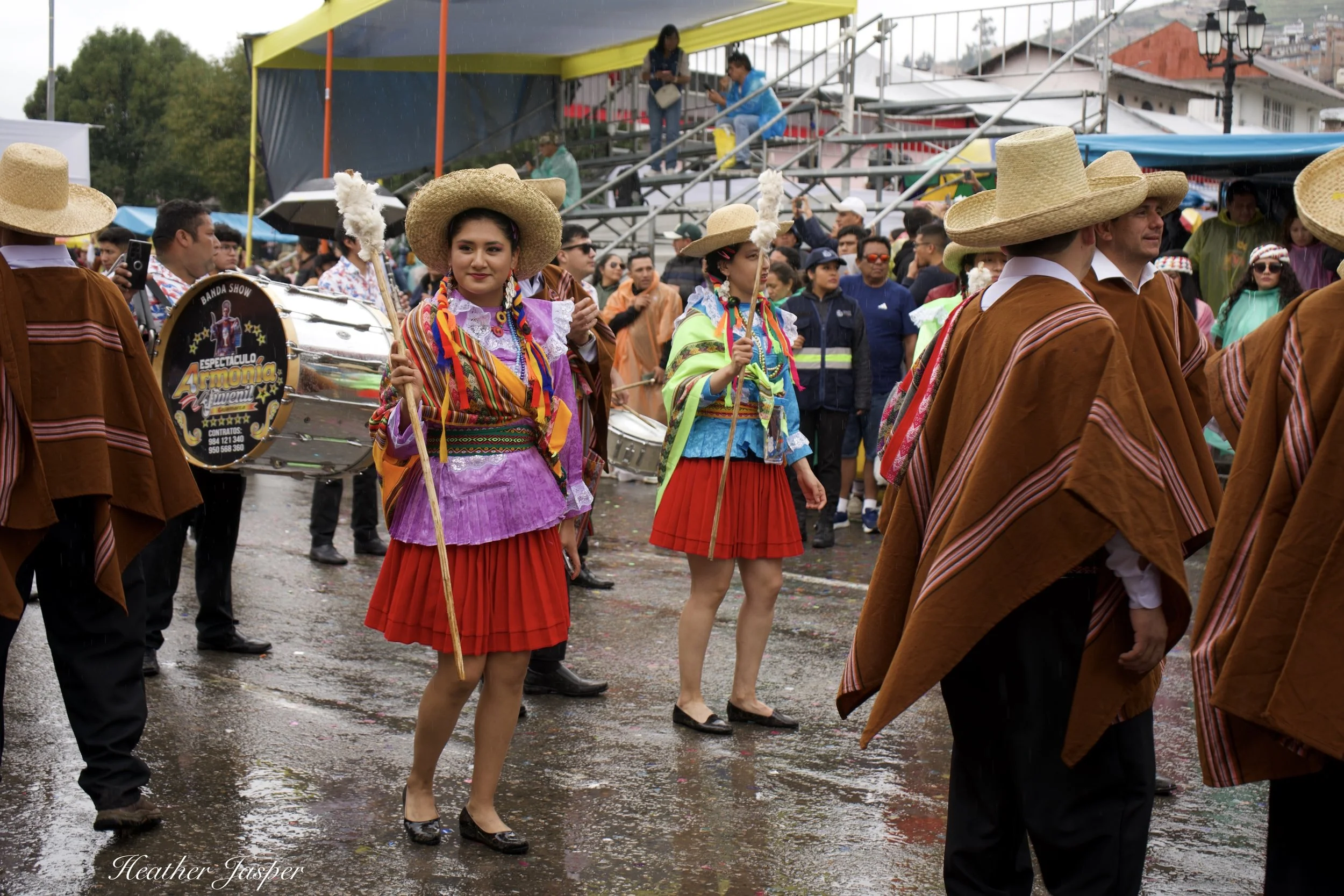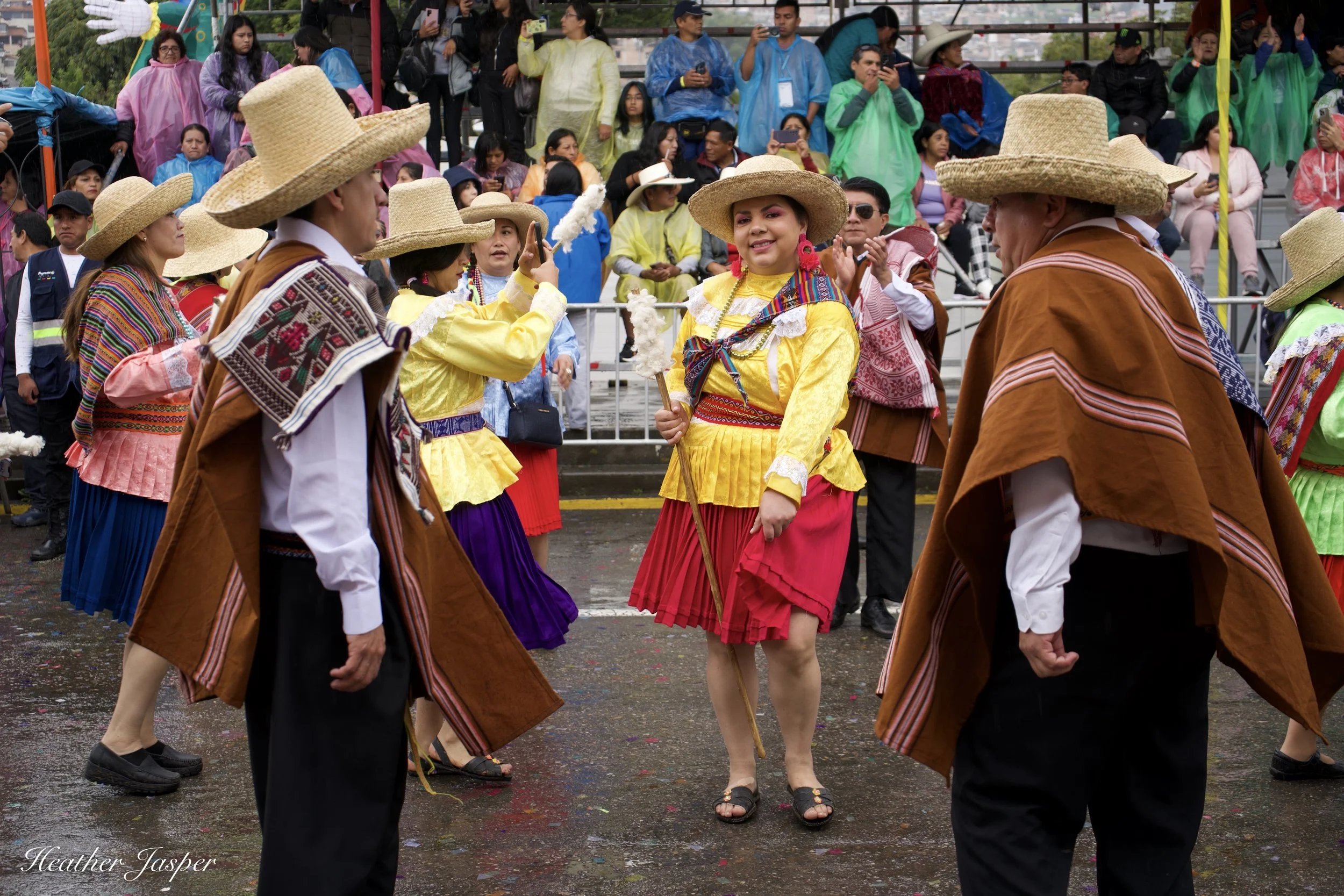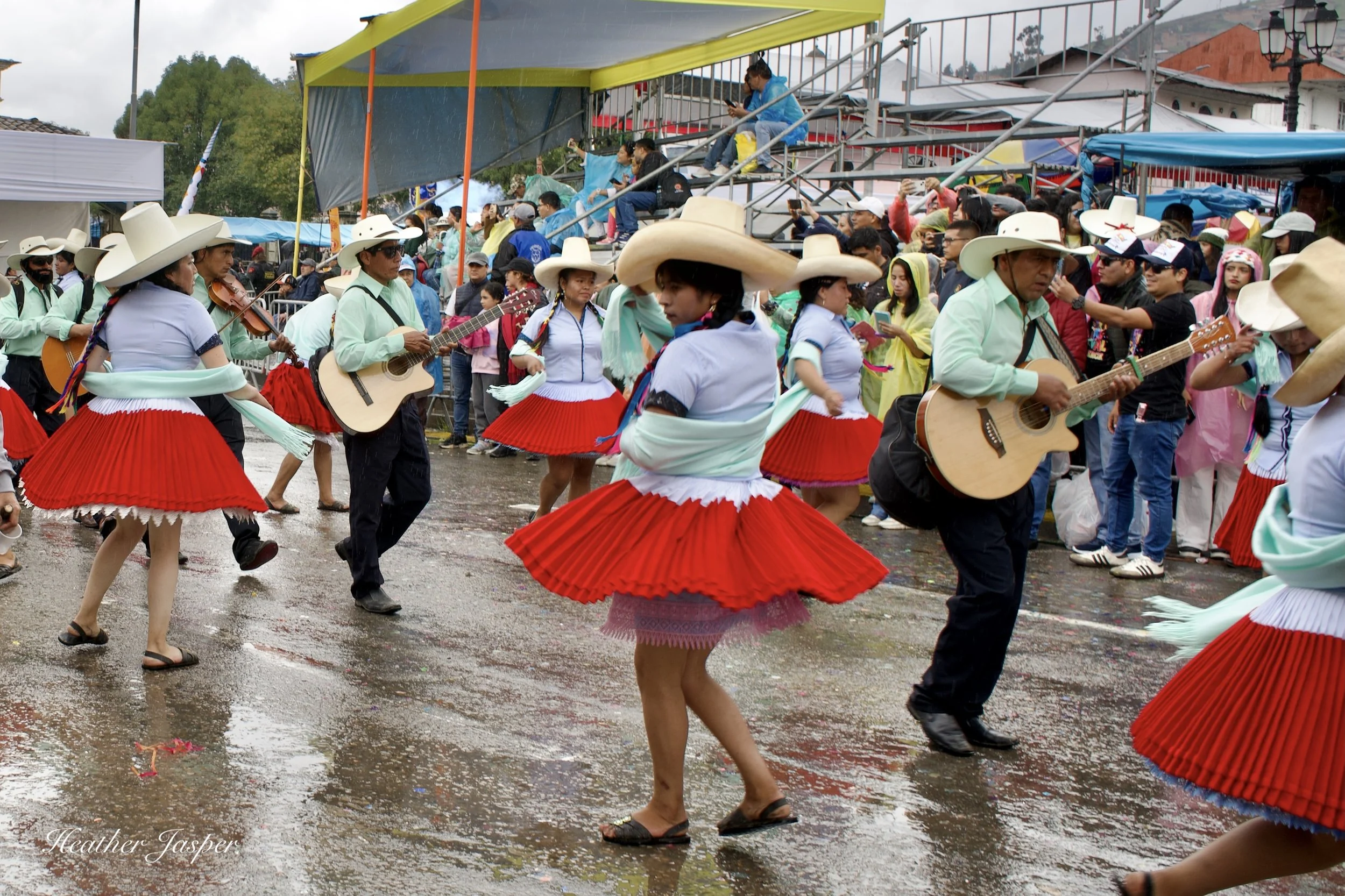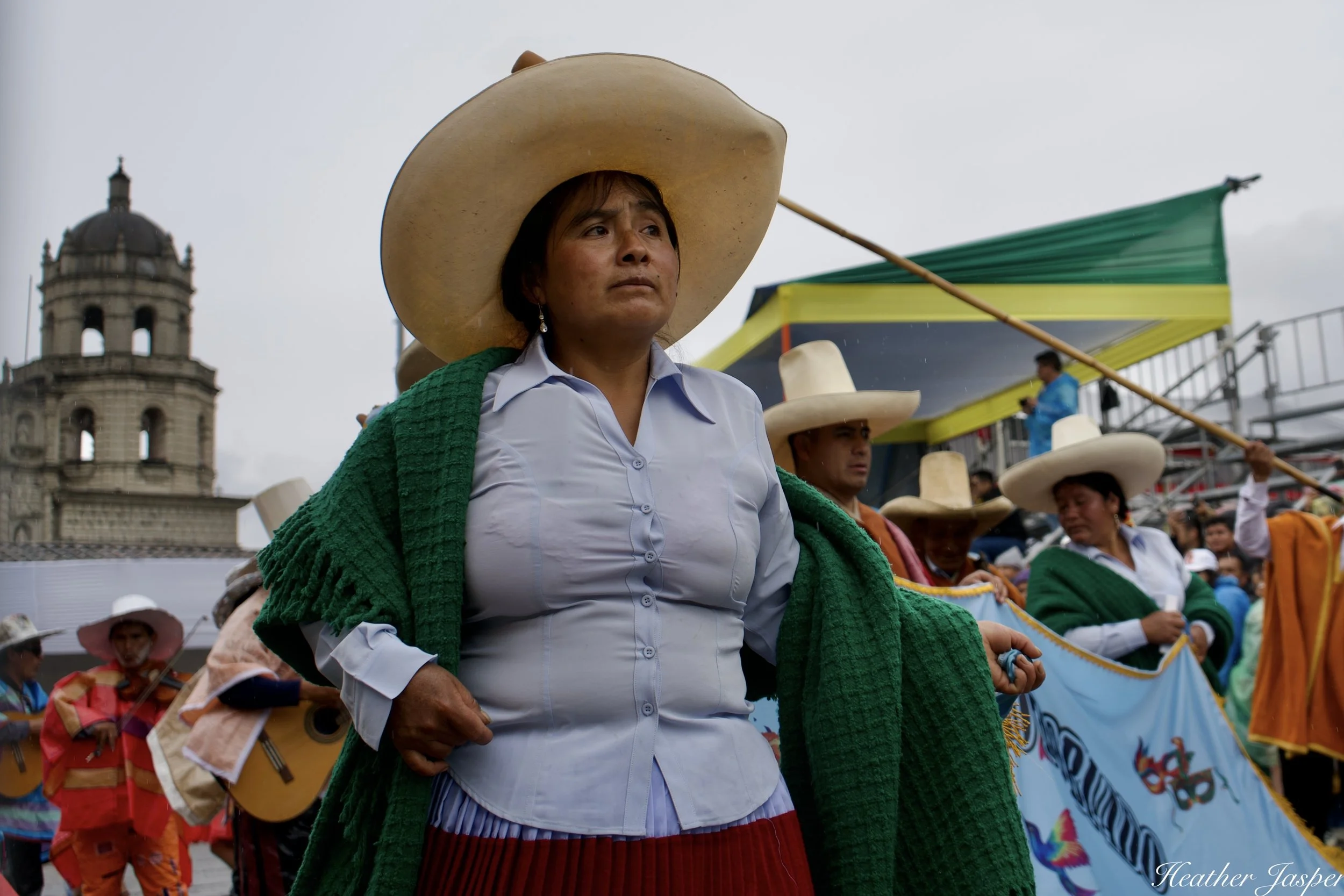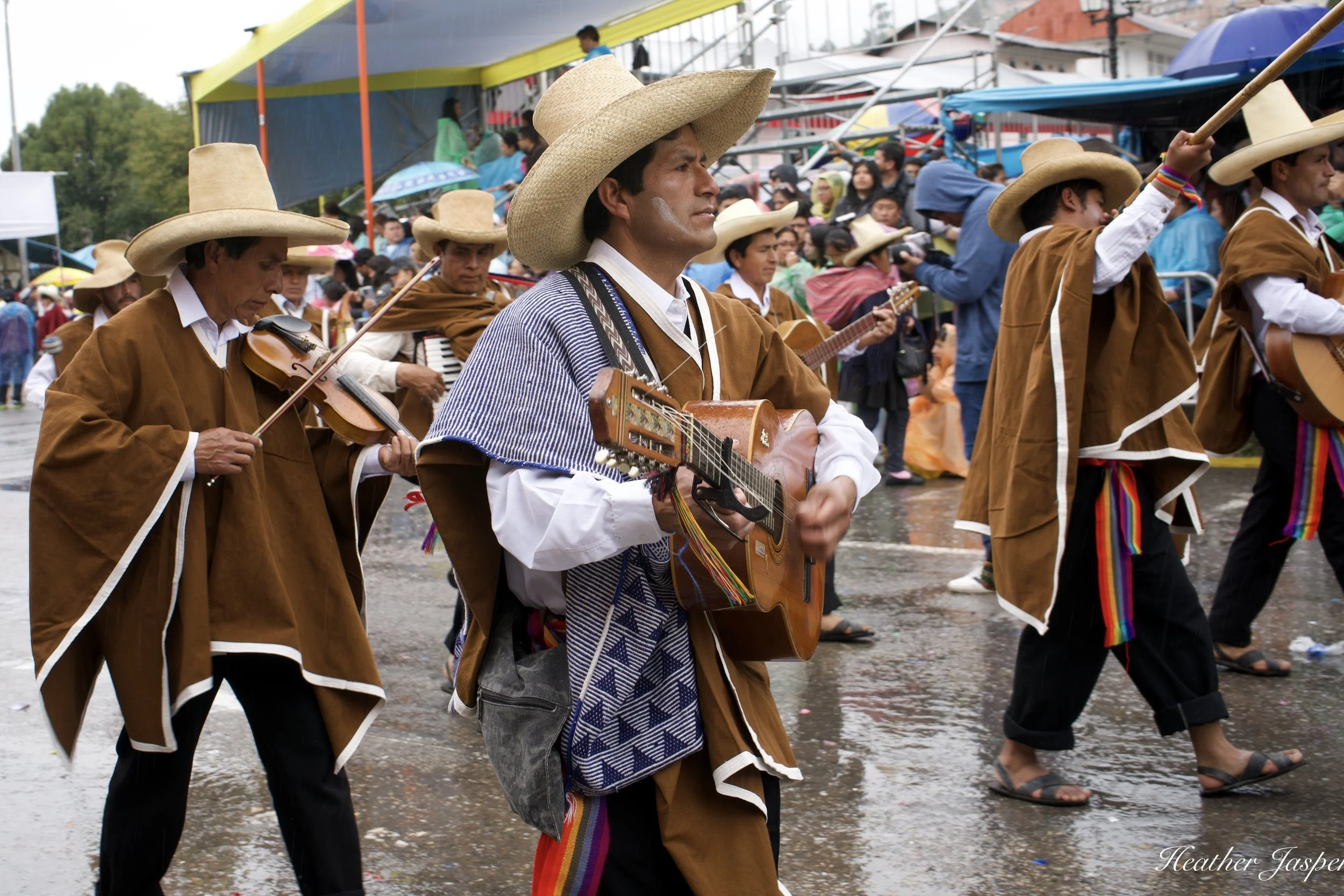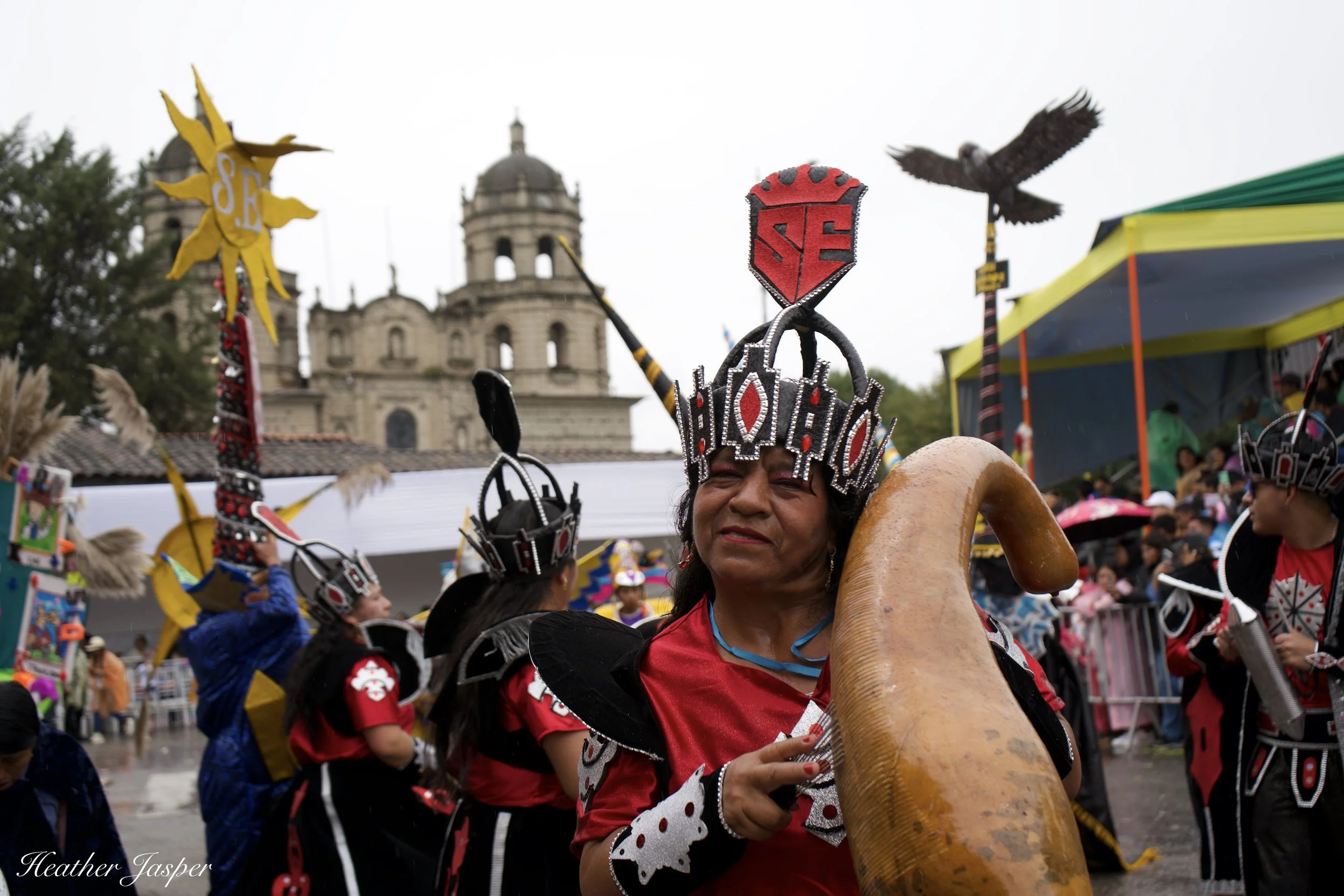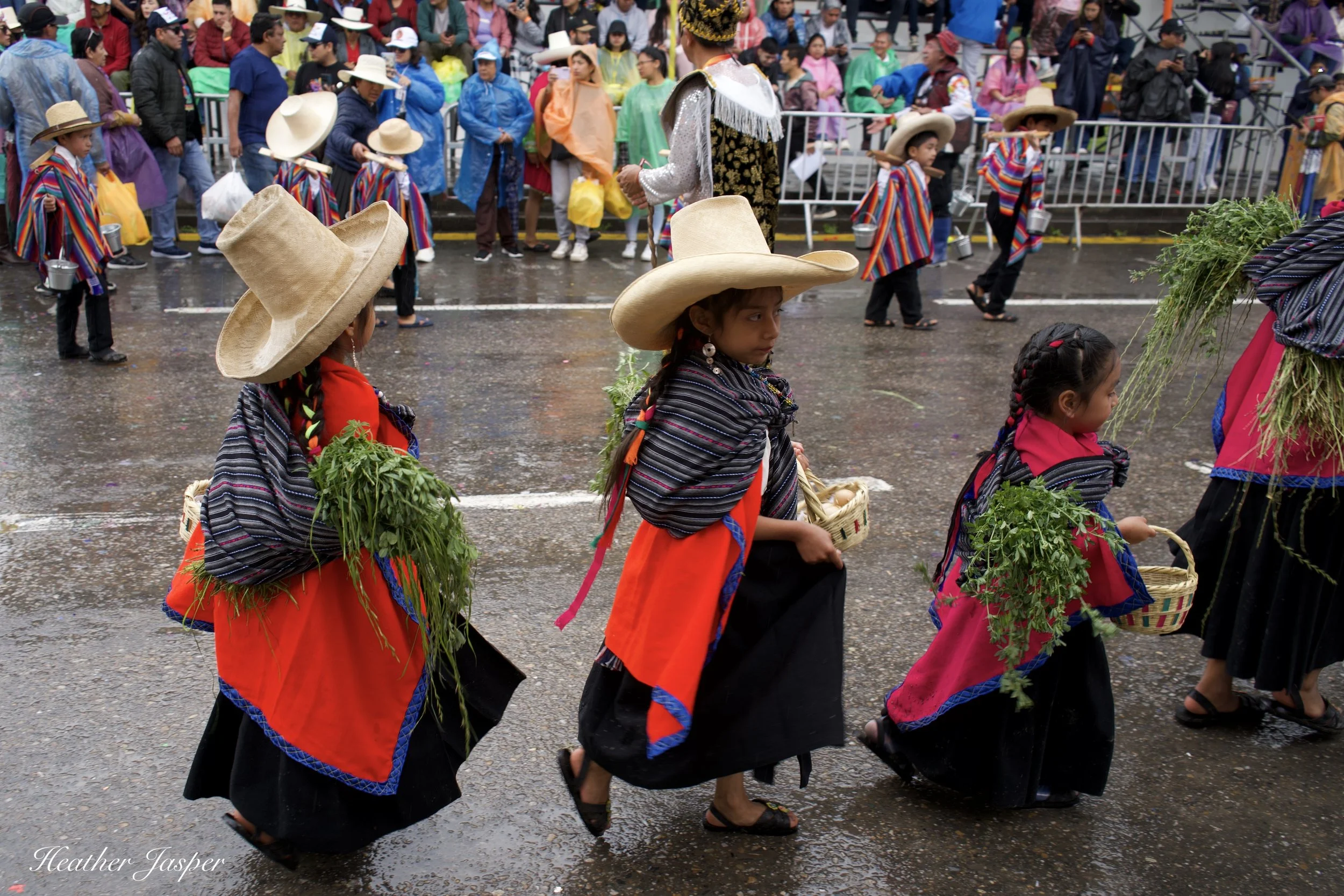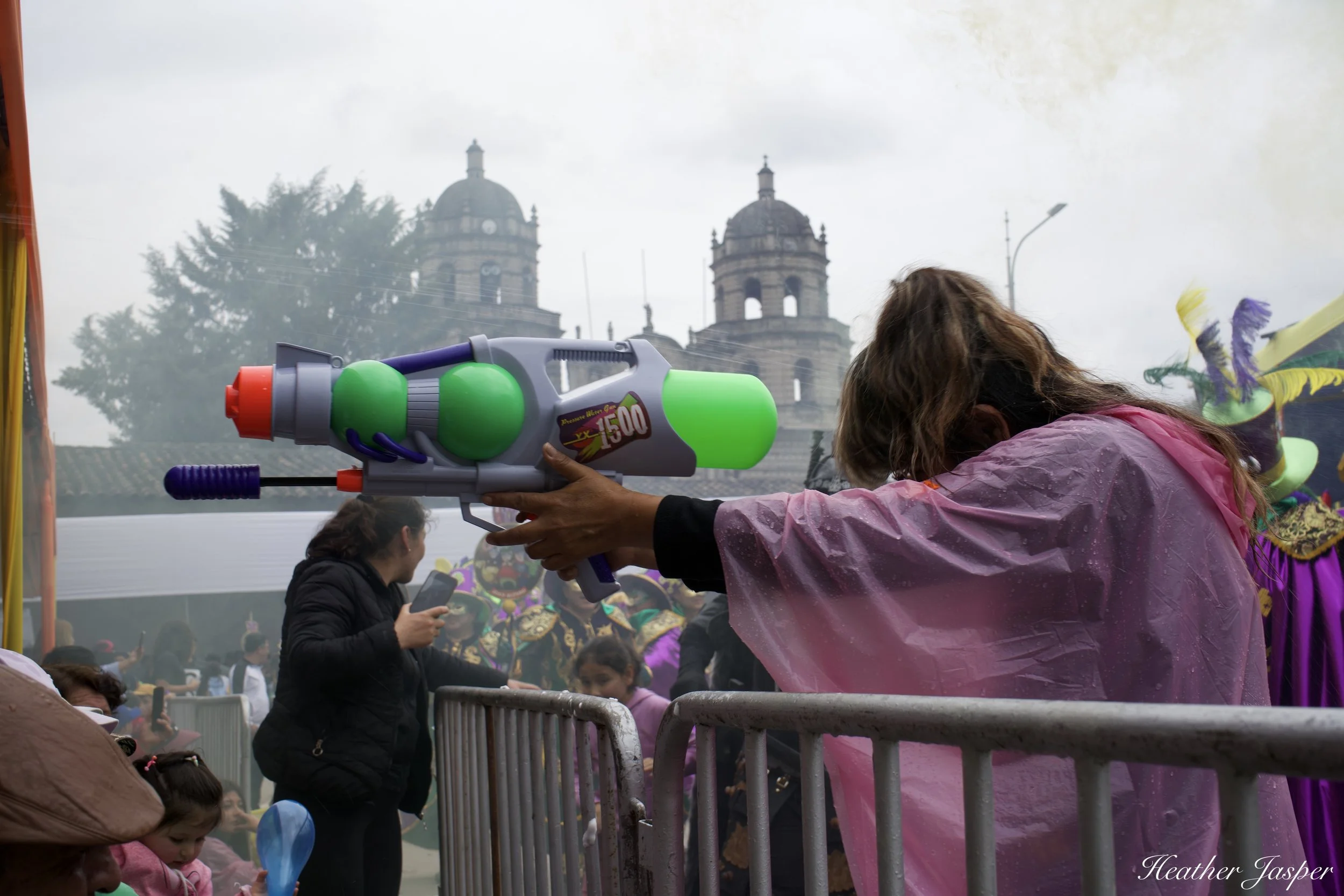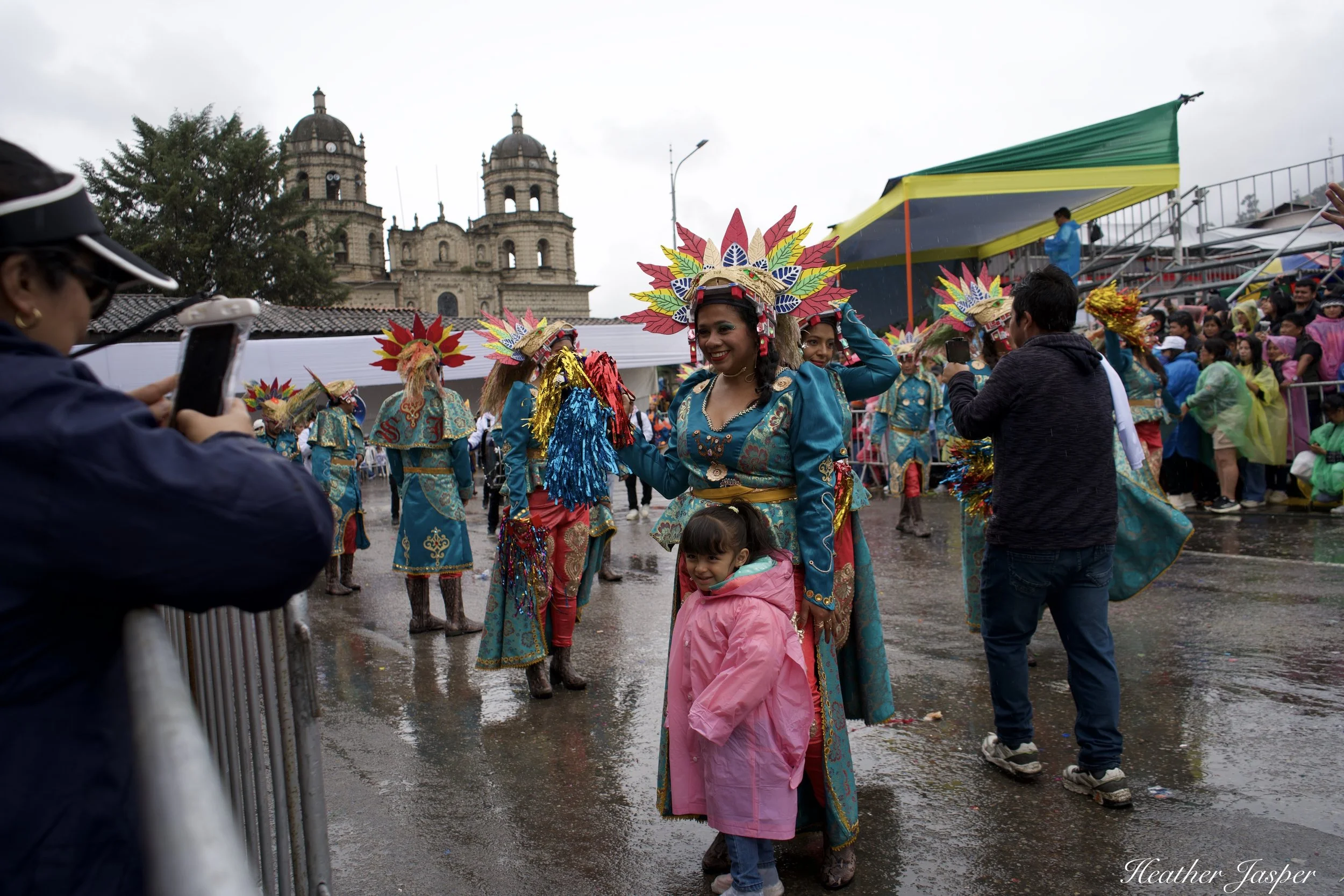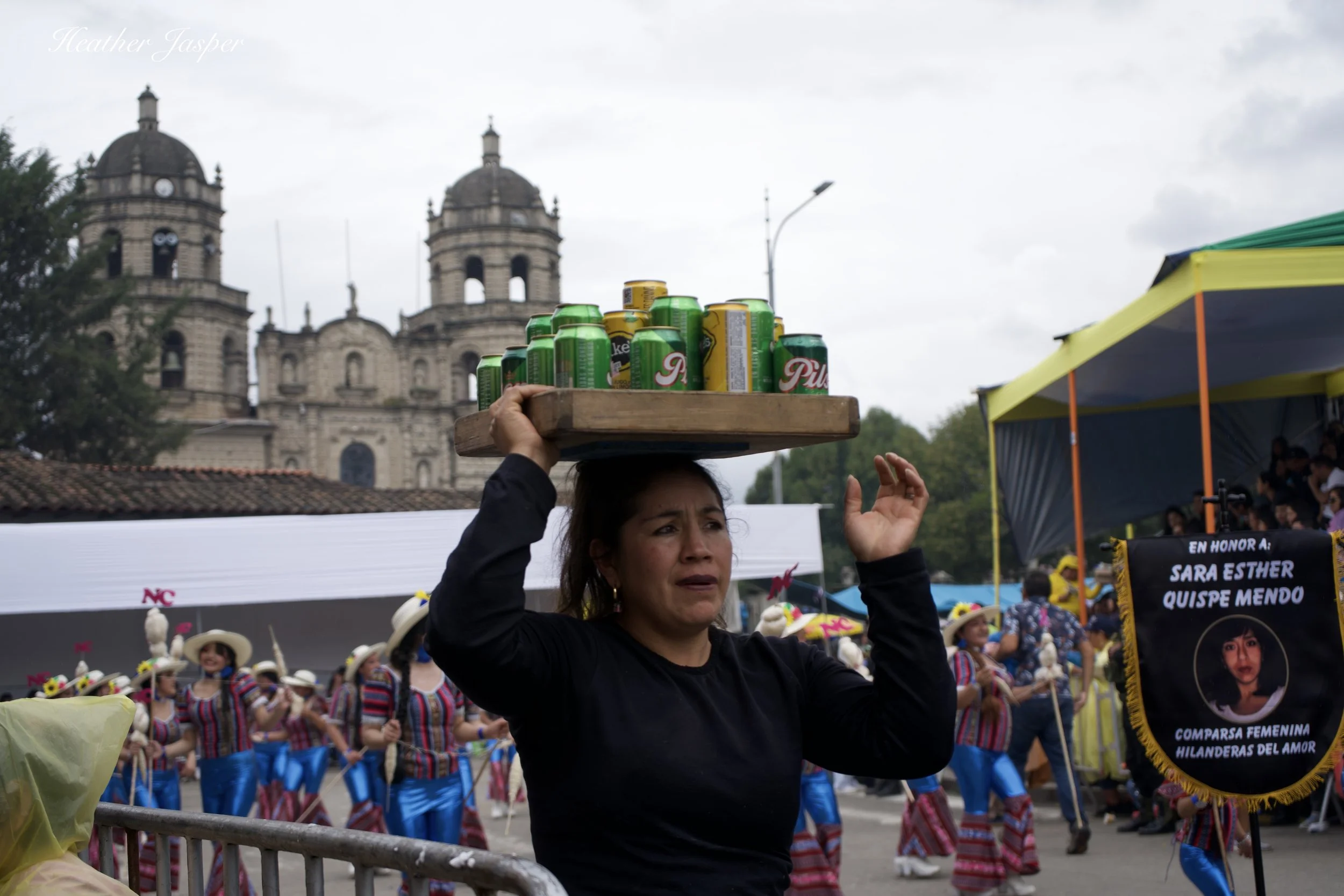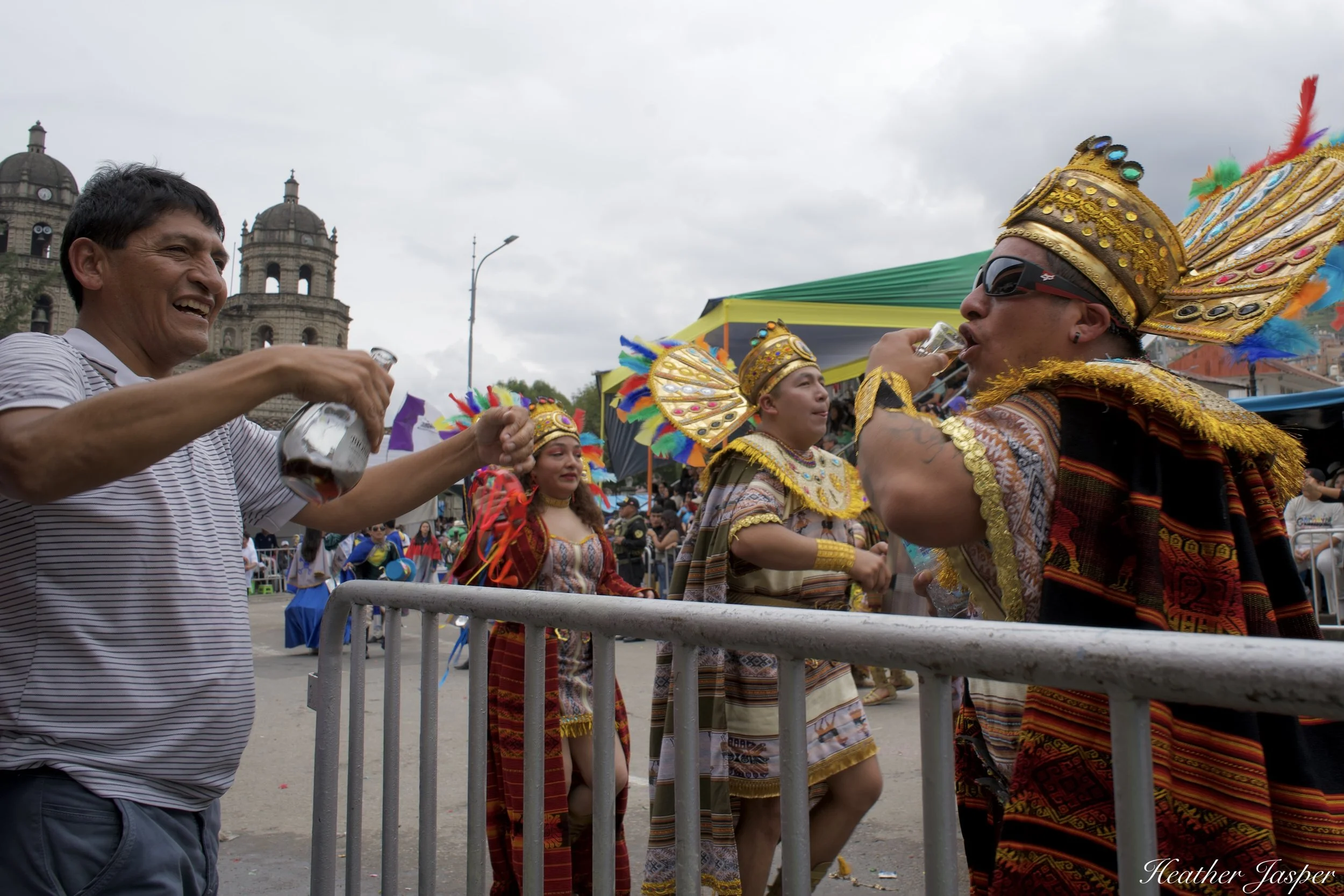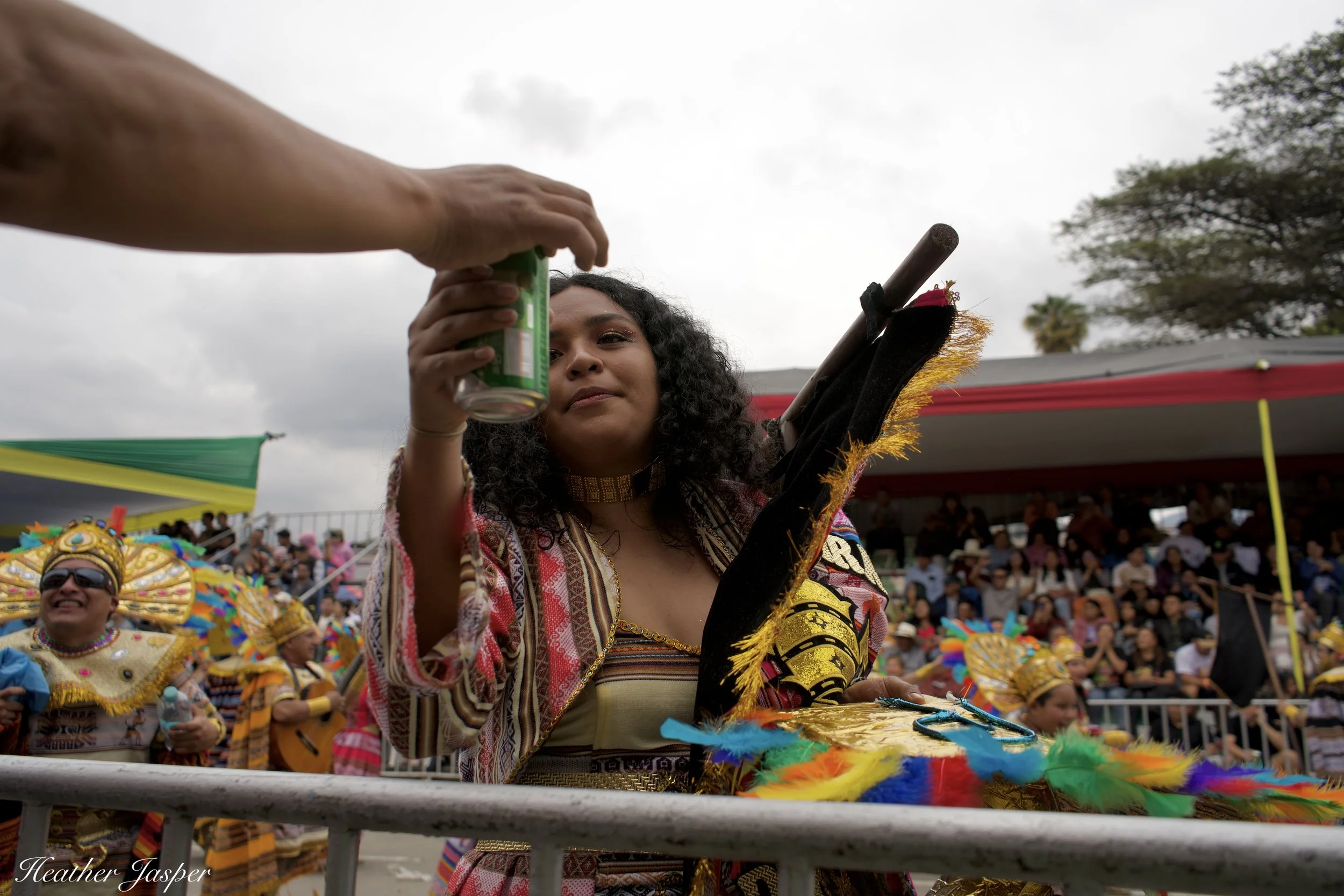Carnival in Cajamarca
Every street and building is decked out for carnival in Cajamarca.
Carnaval de Cajamarca
Globally, Rio de Janeiro and New Orleans may be the most famous destinations for carnival, but in Peru, Cajamarca has the most exciting and impressive carnival celebrations.
Cajamarca’s Qhapaq Ñan, where you can see statues of all fourteen Incas who once ruled Peru.
Every neighborhood of Cajamarca, and every village in the area, prepares for weeks to get ready for carnival. There is about a week of neighborhood competitions and festivities before the city converges on the Plaza de Armas and the main avenues that lead out to Qhapaq Ñan, where one of the old Inca trails enters the city.
Cajamarca has the sad history of being the place where the Spanish captured the Inca Atahualpa in 1533, ransomed him for obscene amounts of gold and silver, then killed him anyway. Cajamarca still celebrates its Inca history and culture with costumes and events throughout the days of carnival.
Entrada del Ño Carnavalón
The festivities for the general public begin when the Ño Carnavalón, a giant puppet that represents the spirit of carnival, enters the city. Ño is short for señor and the puppet always resembles an elderly man, with European, not Andean, features, like blue eyes.
Entrada is a day of paint
If you want to participate in Entrada, prepare to be covered with paint. Every street corner has people selling paint in repurposed water bottles and even bags of pigment with buckets, so you can mix your own paint. Thankfully, only water-based paint is allowed, which makes it easier to clean up. Still, if you don’t want to be covered with paint, stay inside. People cover the facades of their homes and businesses with plastic tarps and try to get their cars off the street. Anything and everything will be splashed with paint, including the police who have to work that day.
Inca symbolism and animals, like condors, pumas and snakes, are common in carnival costumes.
Concurso de Patrullas y Comparsas
The next day is a competition for the best costumes and best dancing between groups called patrullas and comparsas. The groups parade through several streets on the way to the Plaza de Armas, where the city has bleachers set up around the inside of the plaza. Businesses around the edge of the plaza set up awnings and rent chairs for spectators, which are much better than paying for a bleacher seat in the middle of the plaza. From a seat around the outside of the plaza you can easily leave to get food or go to the bathroom. It’s much more difficult to leave when you’re in the middle of the plaza.
Clon dancers
The “clon” is a traditional costume from Cajamarca that has butterfly wings and tall conical hats called cucurucho. When the Spanish first brought carnival from Europe, each neighborhood or village’s clon would joust against each other, using the pointed cucurucho as weapons. Today, they’re just another unique feature of Cajamarca’s carnival.
Traditional instruments
Many dancers carry musical instruments, the most traditional have Andean flutes, drums and gourds. This musician’s gourd has grooves carved in it, so it sounds like a percussion instrument.
Many comparsas included children, like these girls in traditional Cajamarca hats, red shawls, and black skirts. The cloth used to carry things is called a lliclla, and these girls are carrying alfalfa for their llamas and alpacas.
Carnival as a community event
One thing I loved about Cajamarca’s carnival was seeing whole families together in costume, some in traditional outfits and hats. Besides carnival, Cajamarca is famous for its impressive hats. The most traditional hats are so tightly woven from palm fibers that they’re waterproof. You can use them to carry water or to stay dry. I wish I’d had one during that week of rain, but a good hat can cost s/2,000 soles, more than $400 USD because they take weeks to make properly.
It’s also a water fight
The crowd was armed with water guns and balloons, mostly to attack anybody that wasn’t a dancer who crossed the barriers.
Everybody around me jumped over the barriers now and then to get their photos taken with the dancers.
They were good natured about squirting their friends and family with water when they interfered with the dancers, usually after the photo op. I only saw a dancer get hit with a water ballon once and the person who threw it was very apologetic about the accident - he had been trying to hit somebody running across in front of the dancer. As part of the apology, he gave the dancer a beer.
Buying beer
There were vendors selling food and drinks all day, and they were usually exempt from the water fight.
Shots and beers for the dancers
The people around me came prepared with several bottles of pisco and gave shots to everybody around, including the dancers and me. They also bought more beers than I could count throughout the day, to drink and to give to dancers who looked thirsty, or who just had great costumes. As far as I could tell, I was the only one who ever turned down a drink.
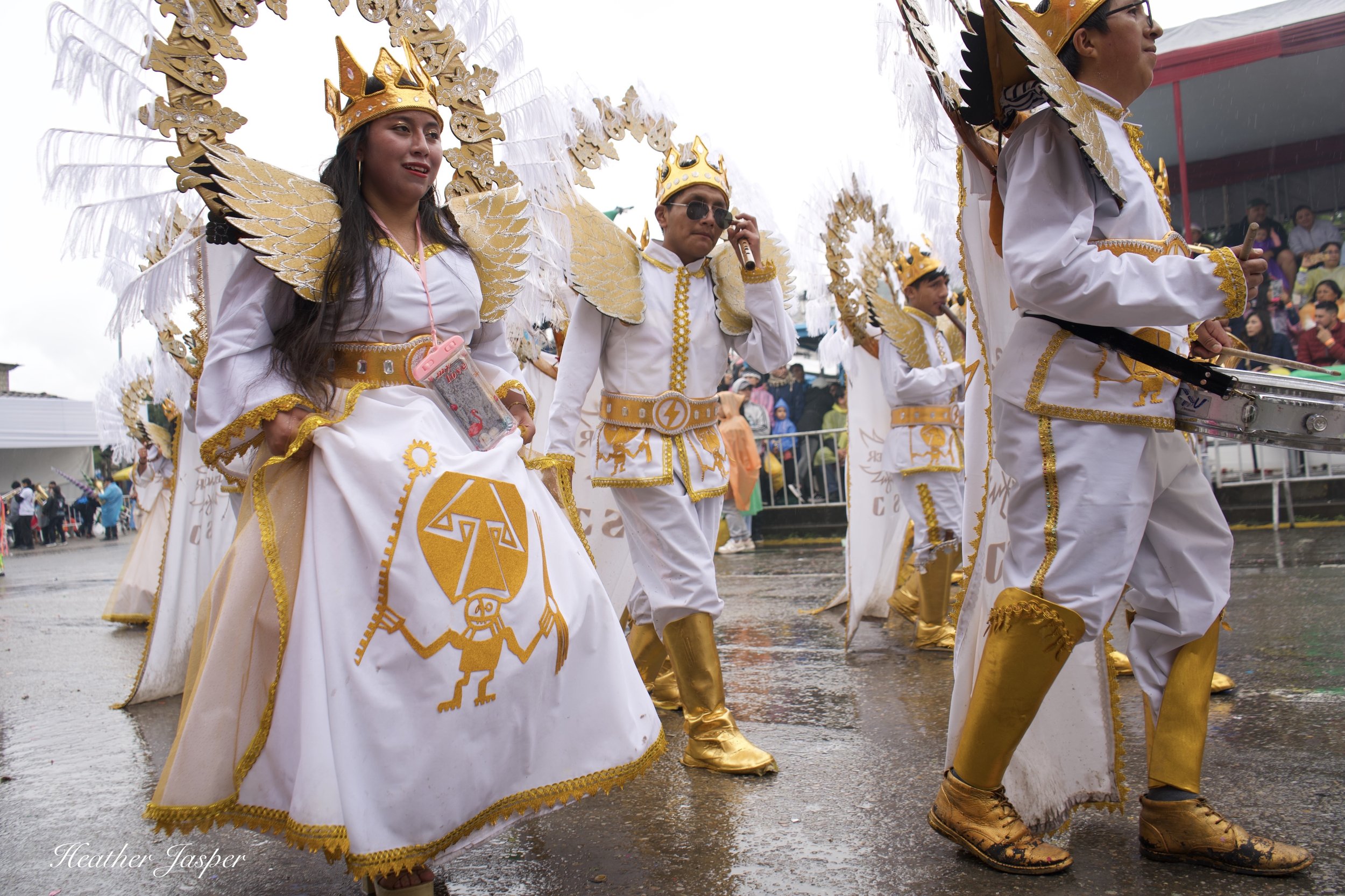
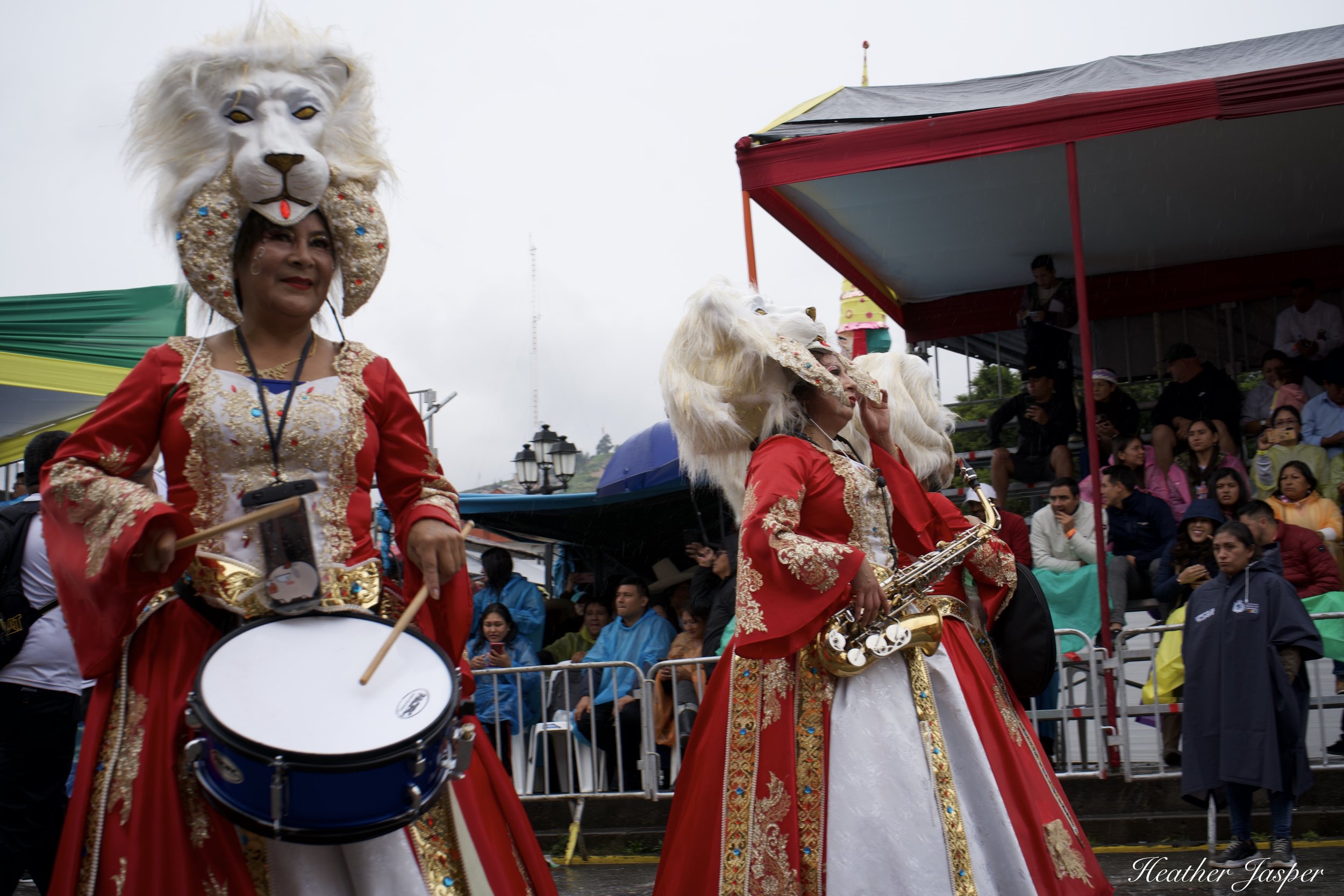
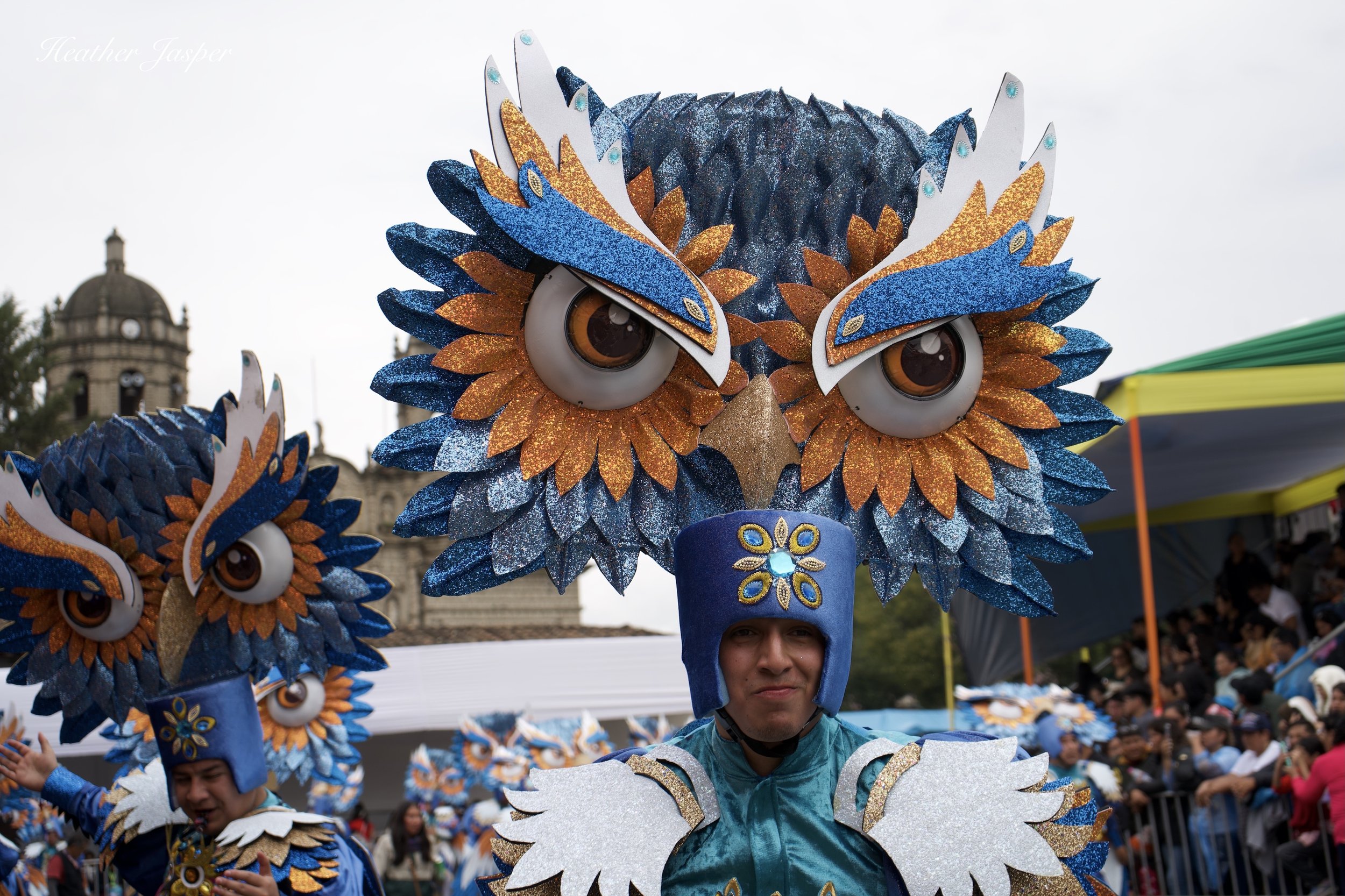
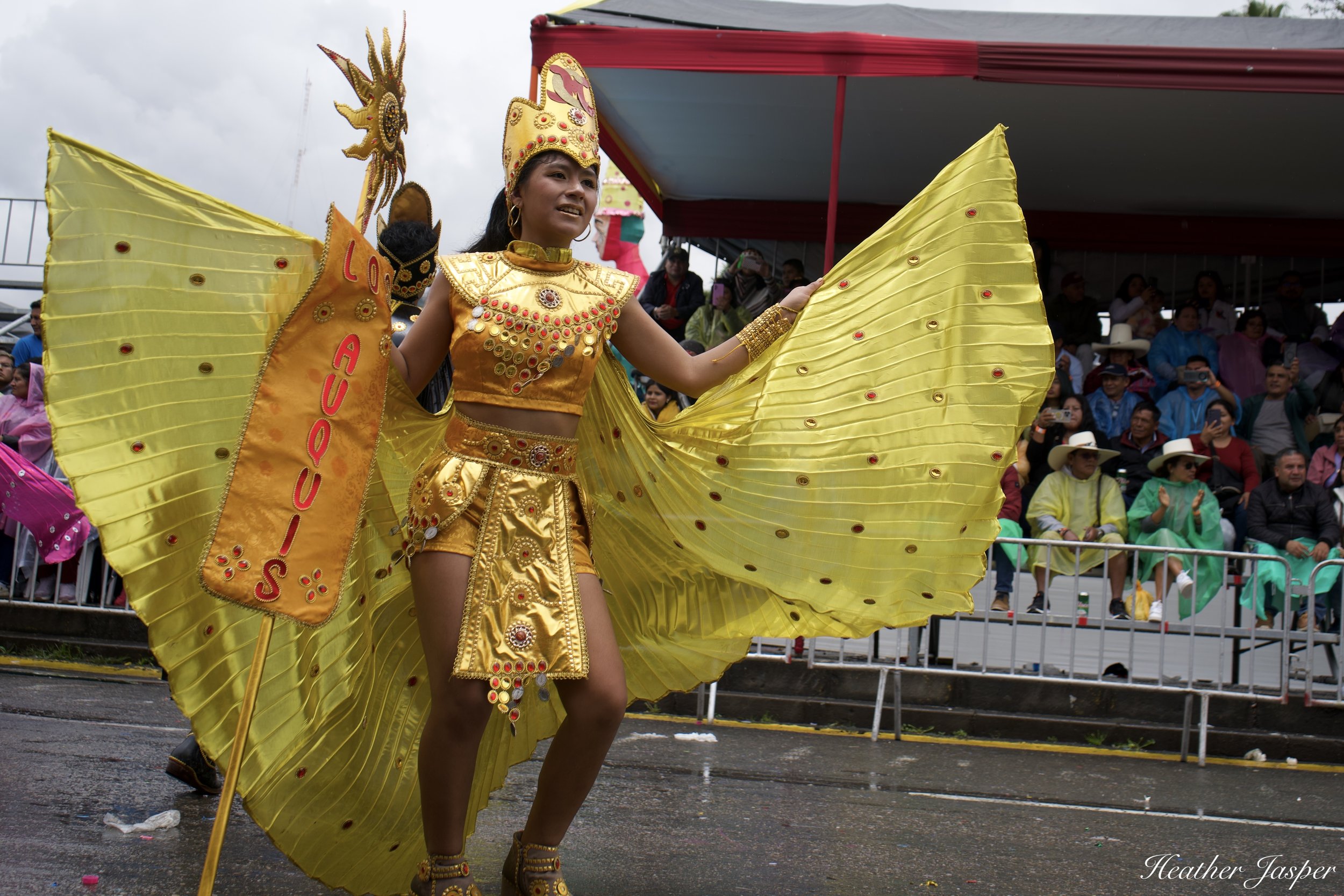
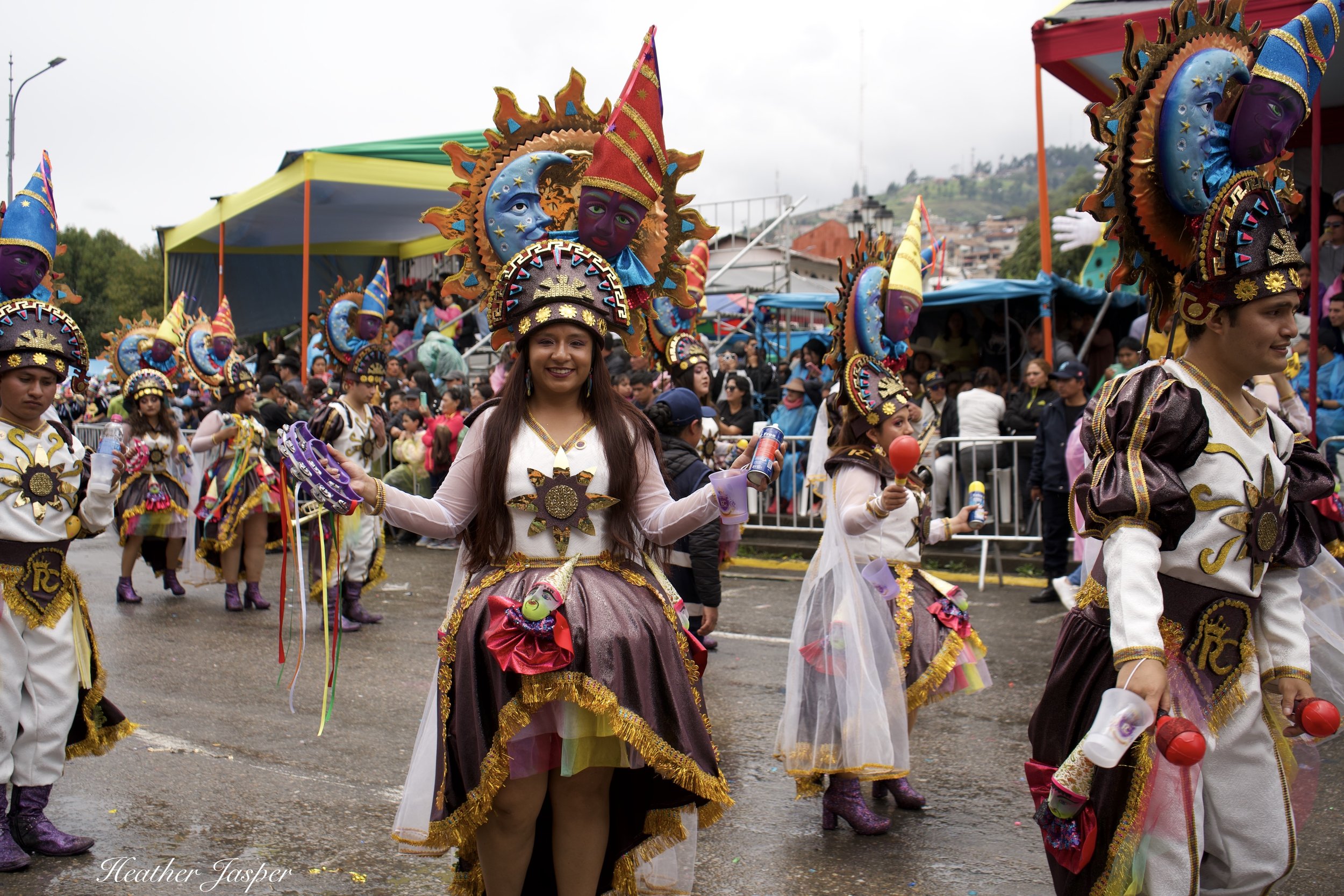
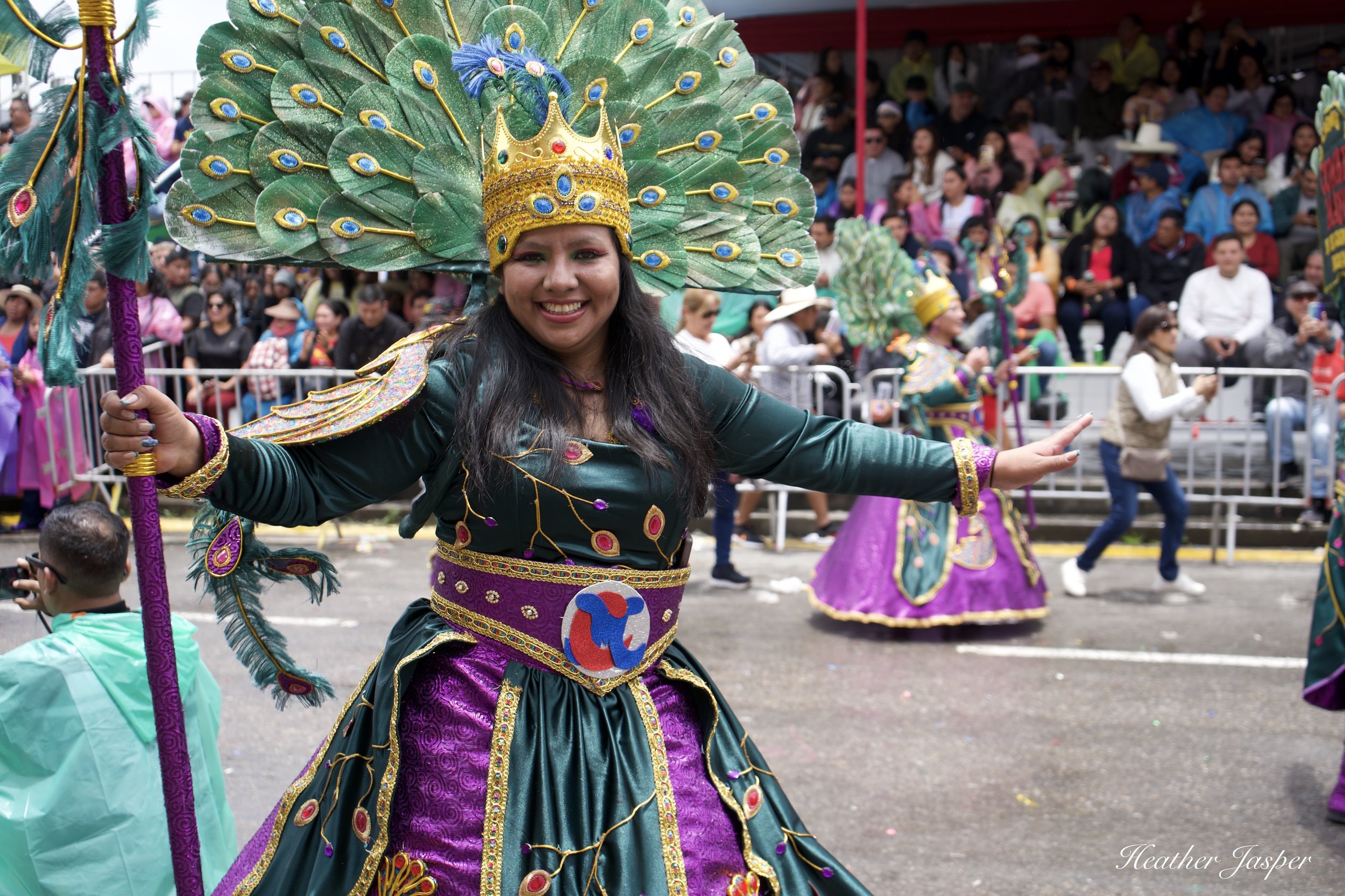
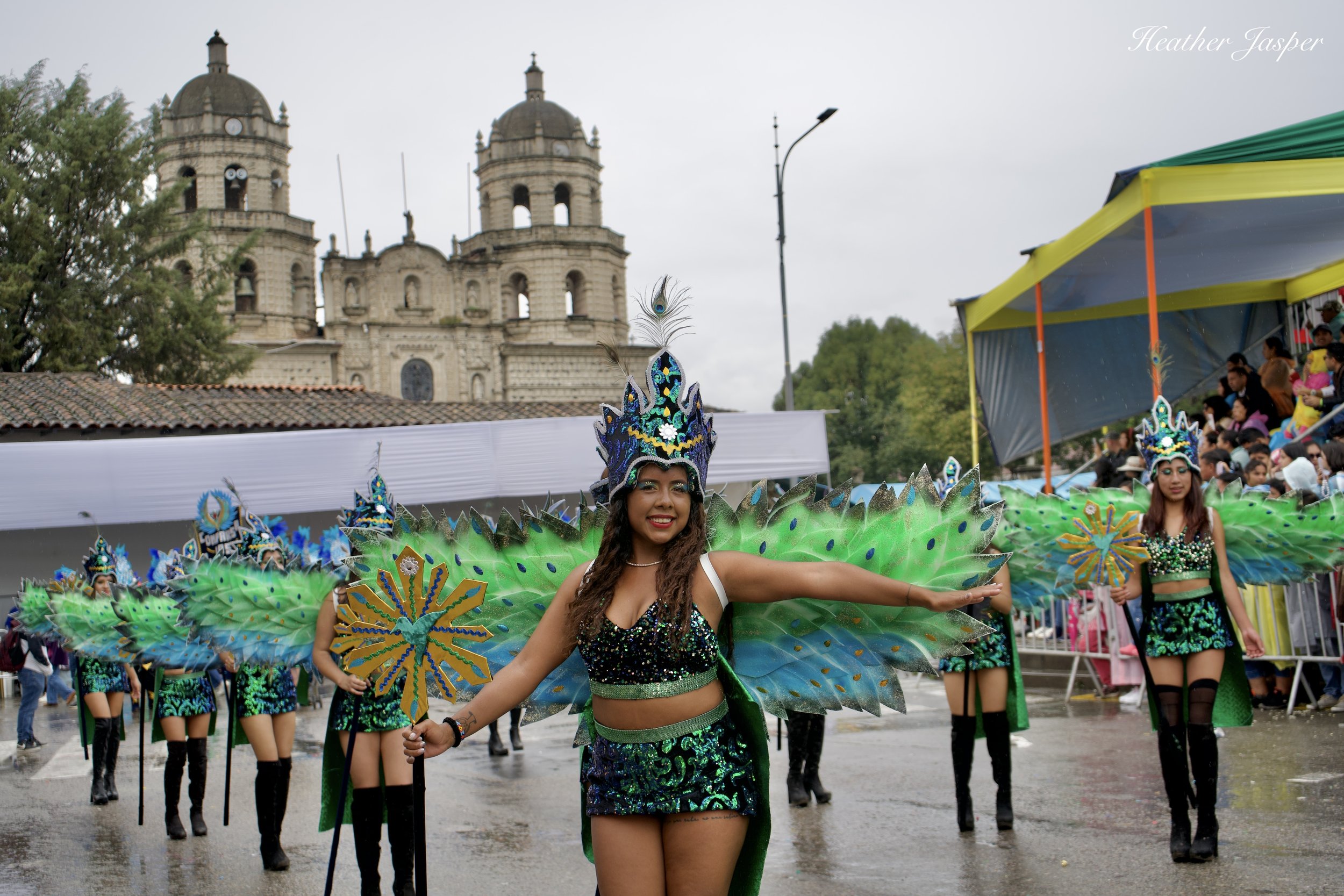
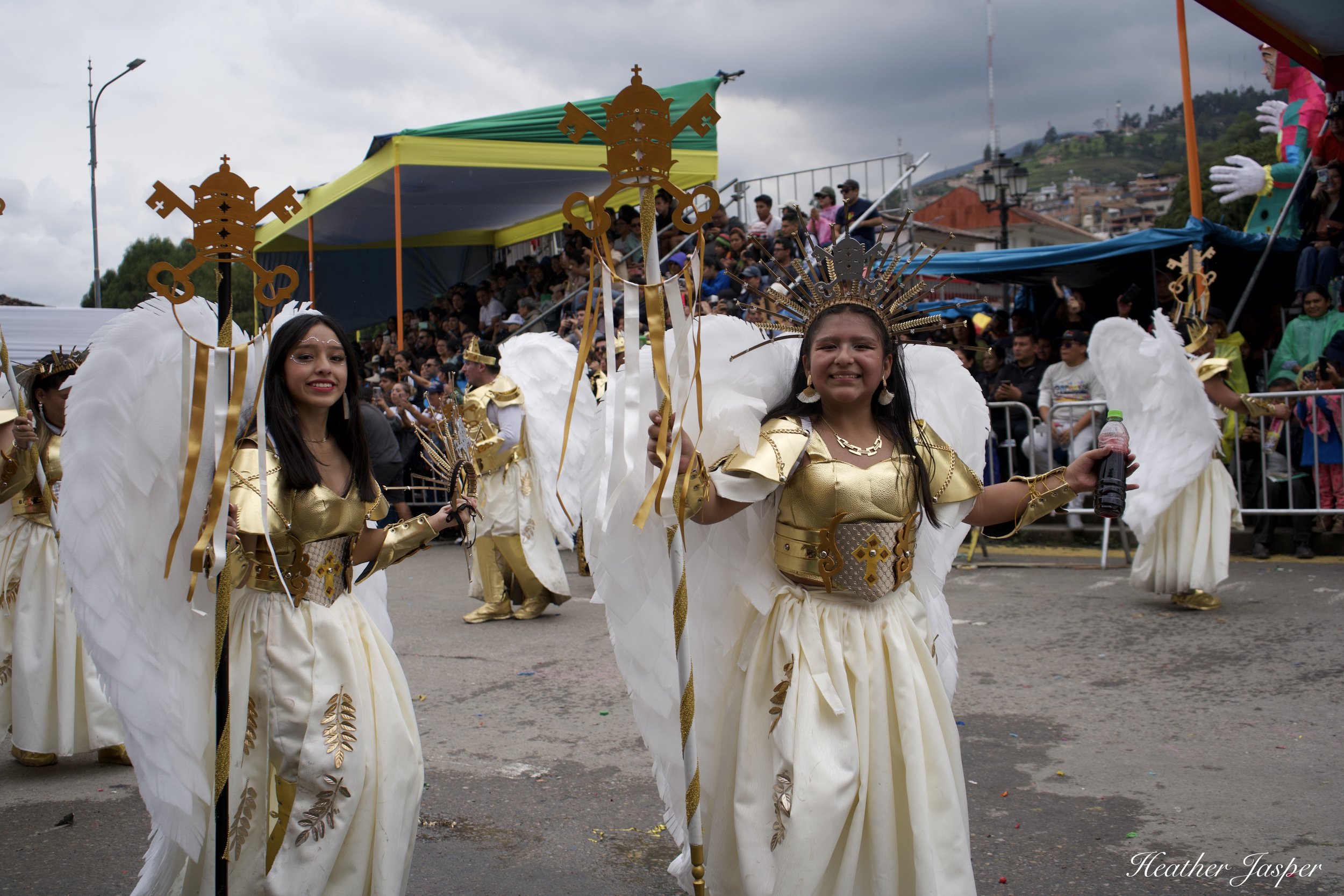
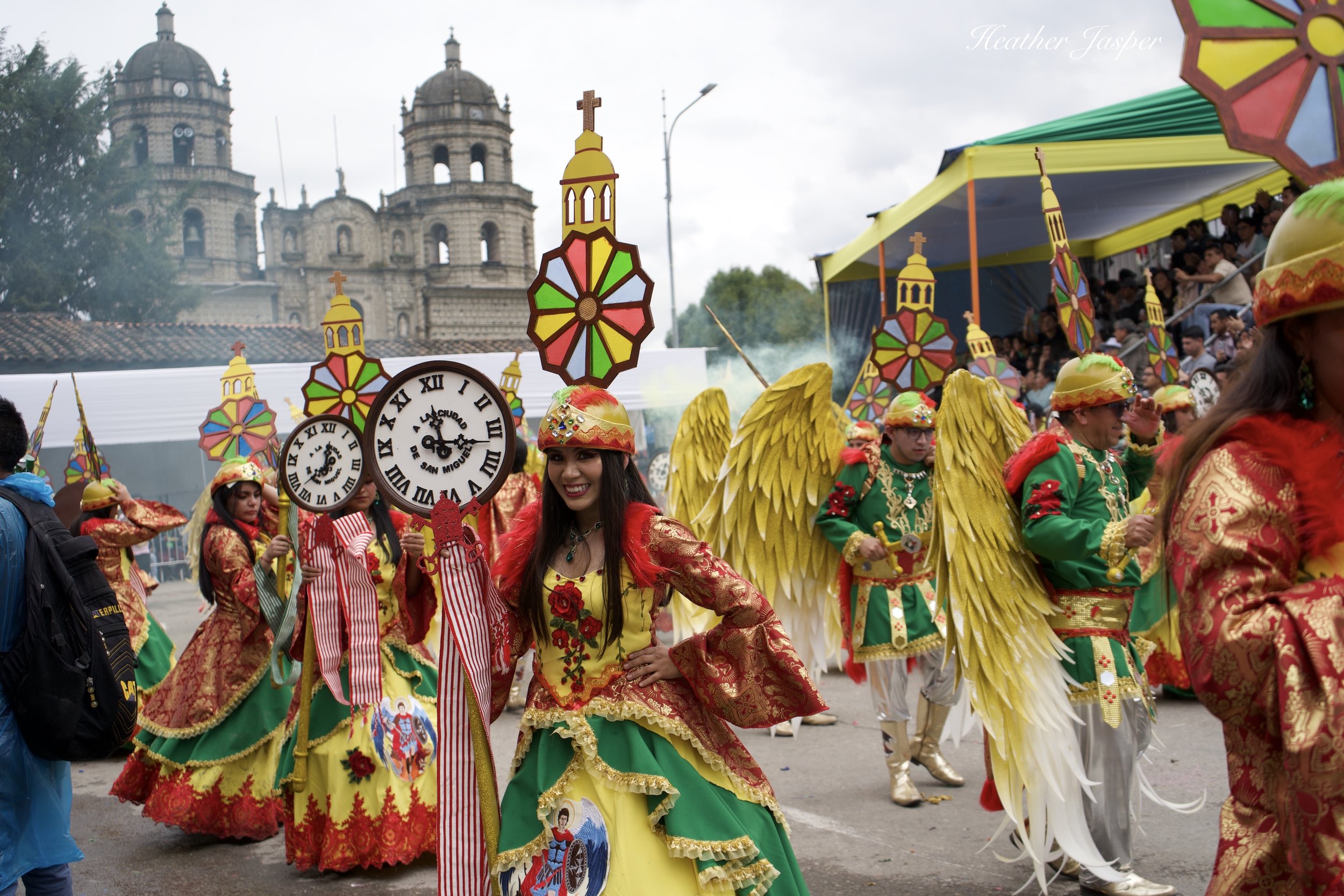
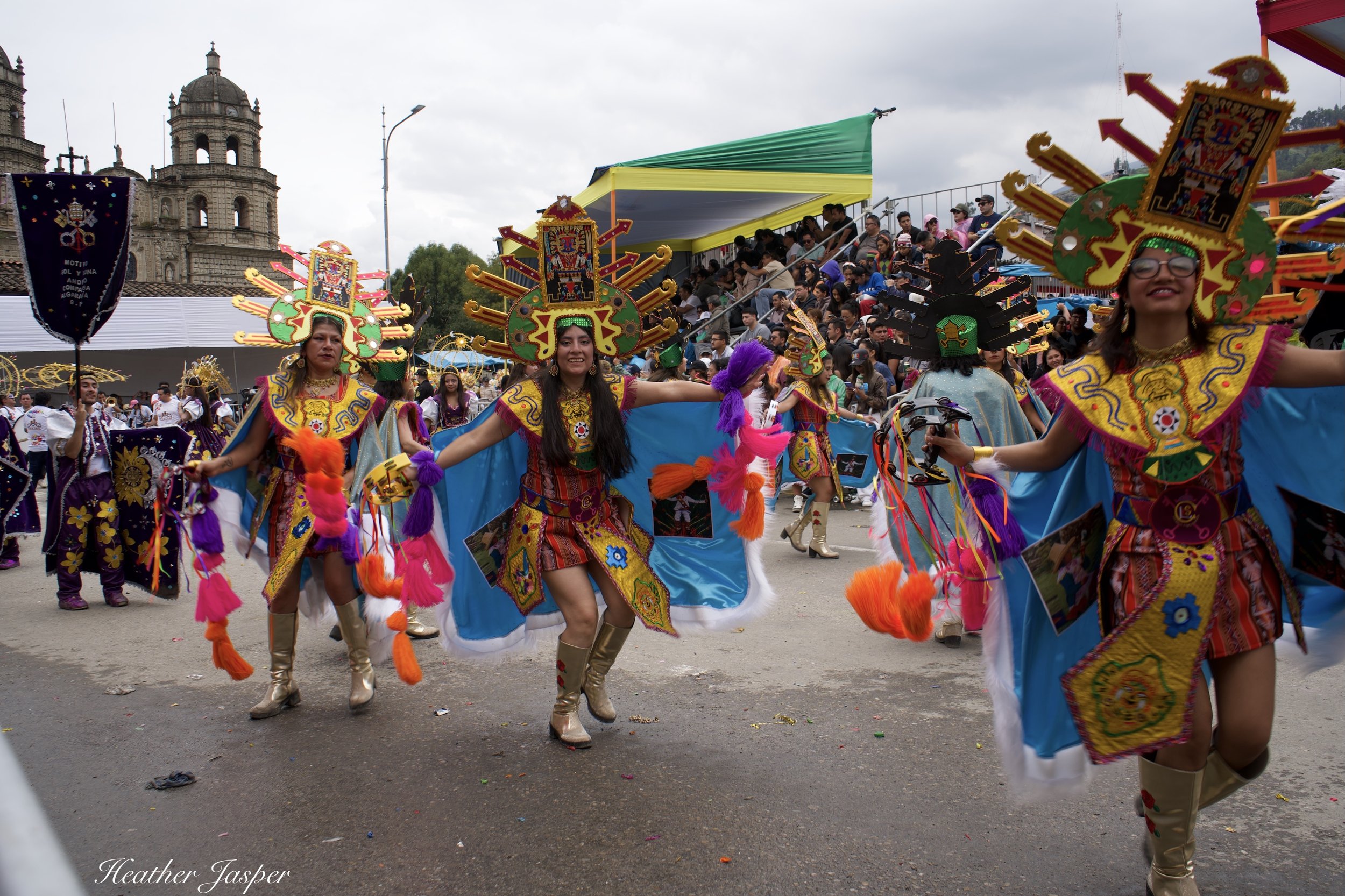
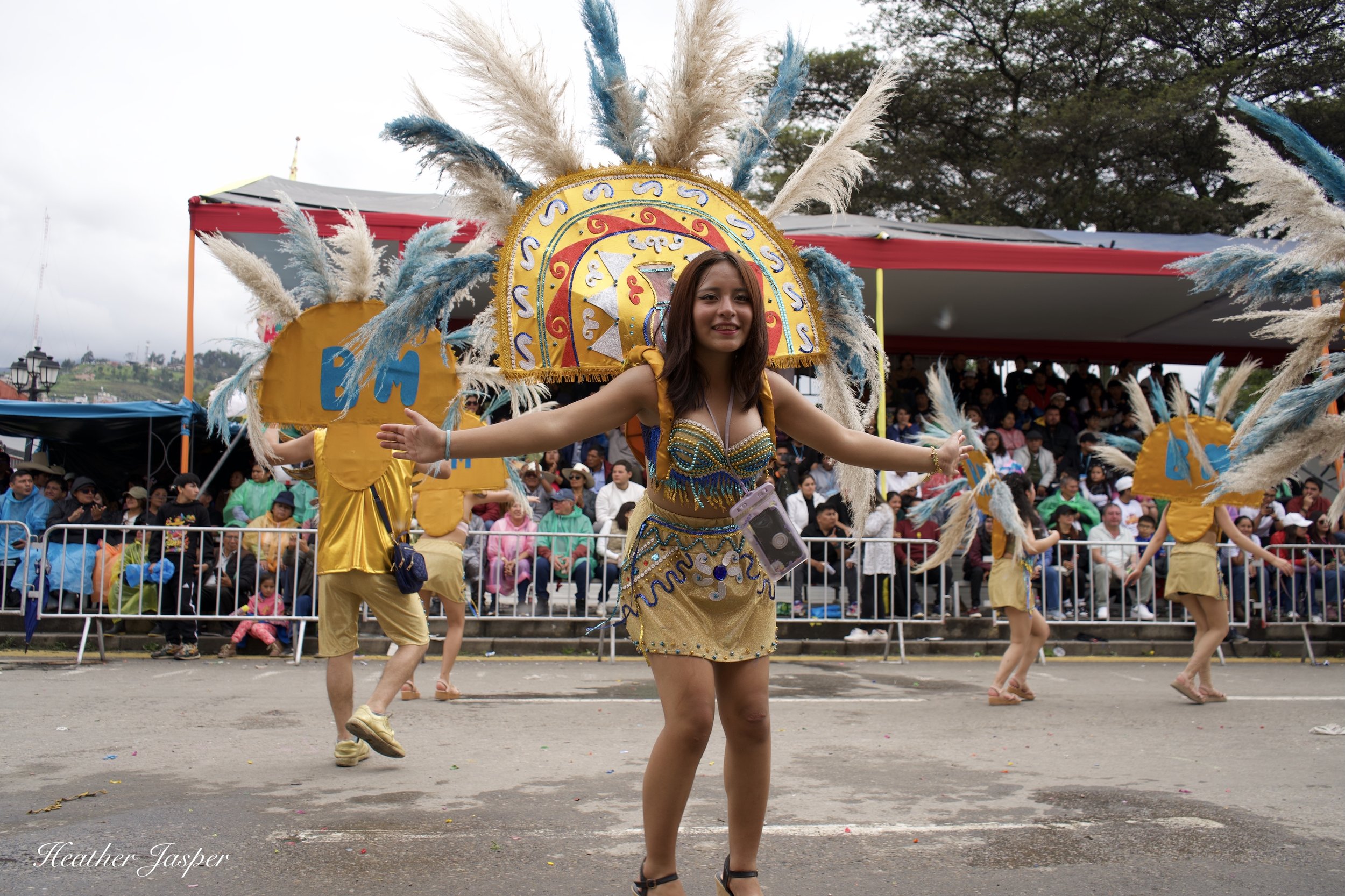
How to get there?
There are several flight daily from Lima to Cajamarca, or you can take a bus from Chiclayo.


